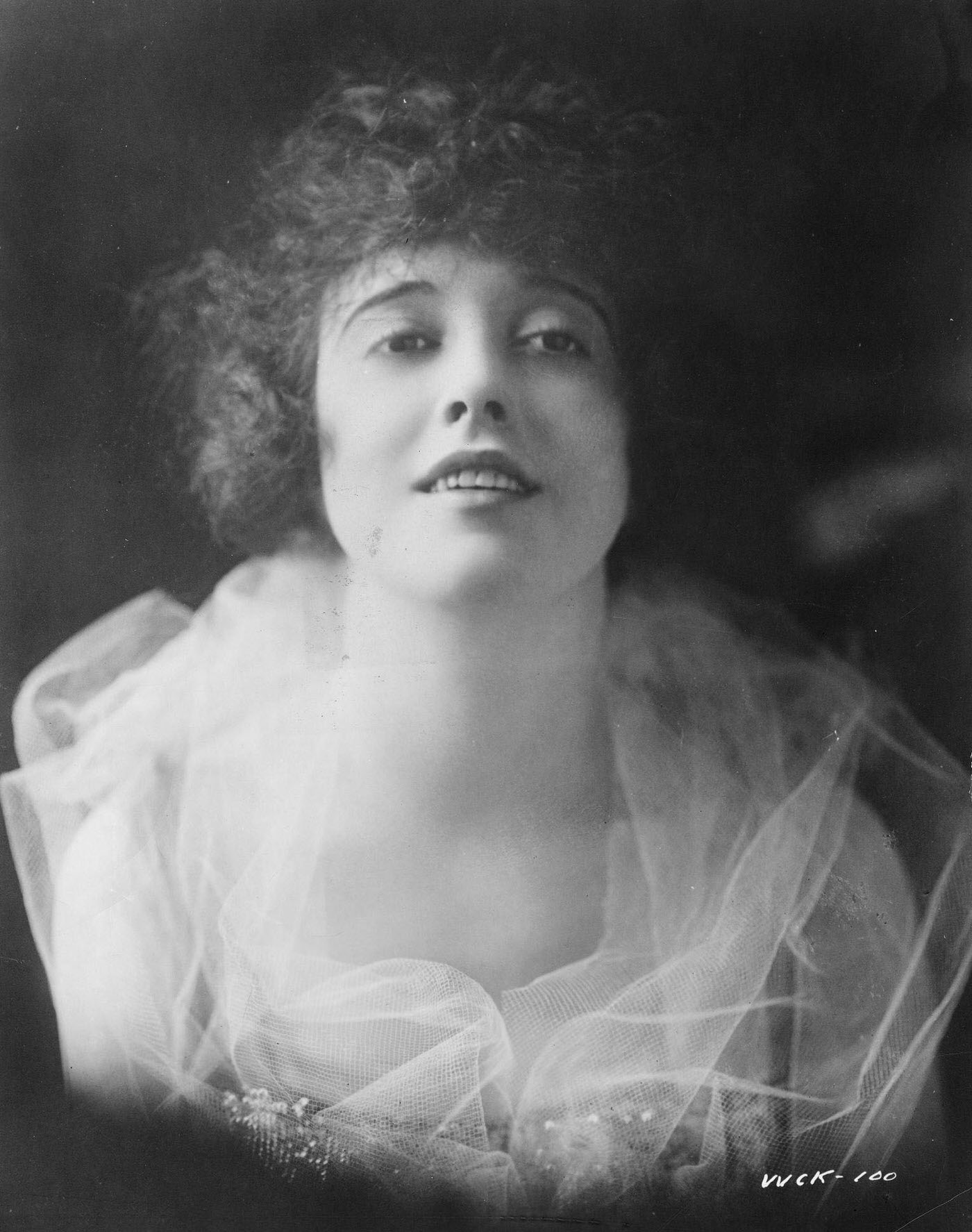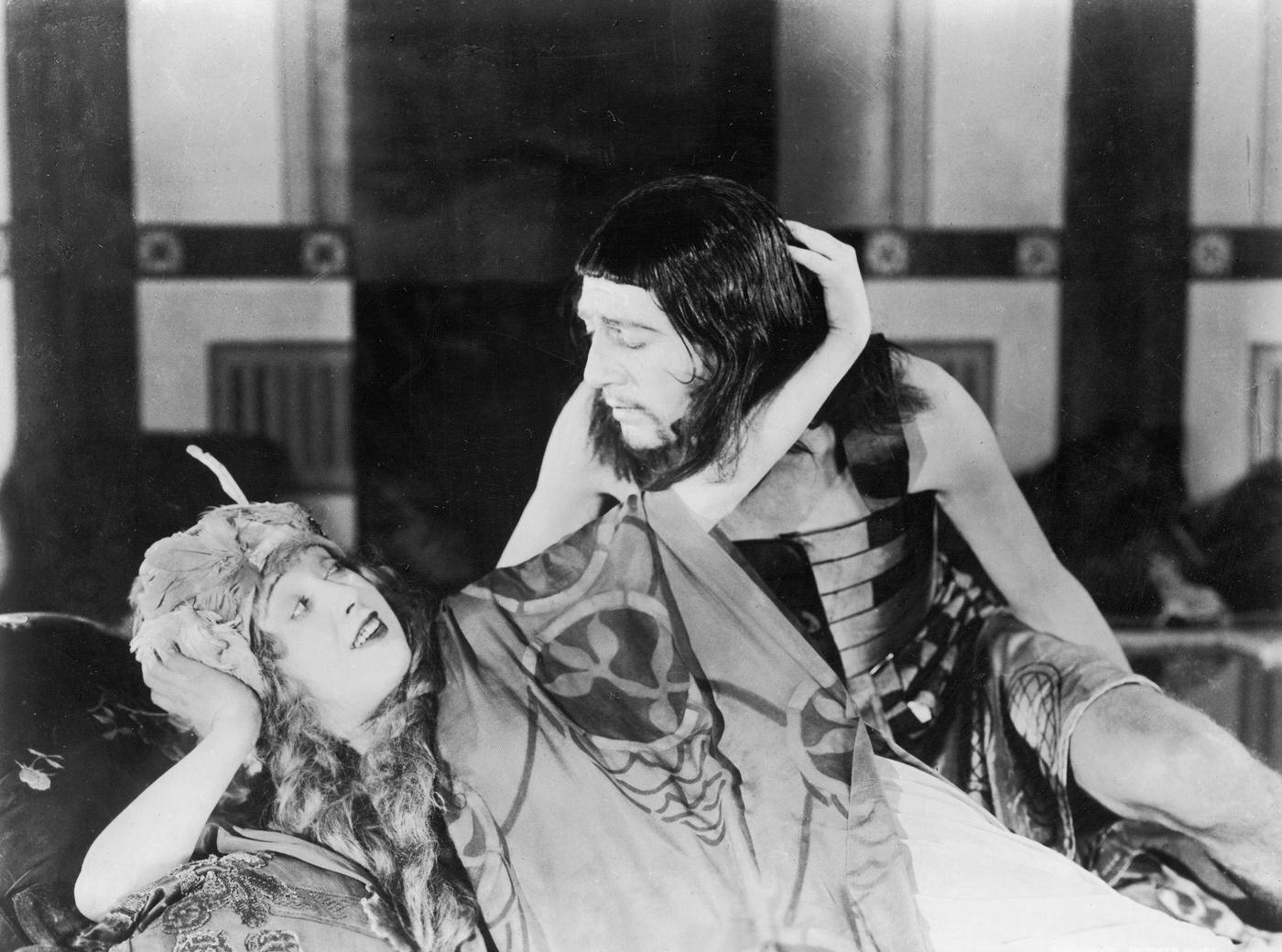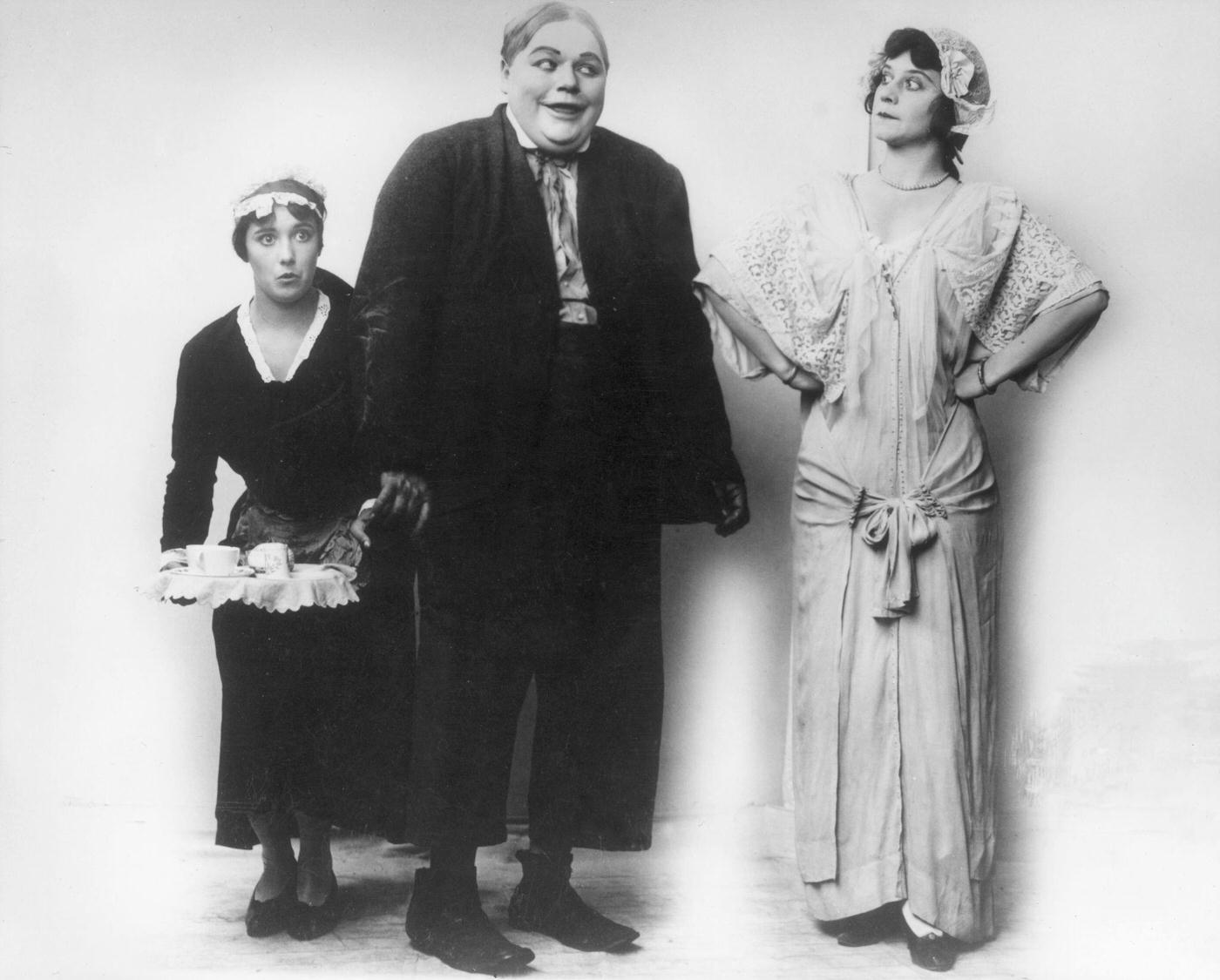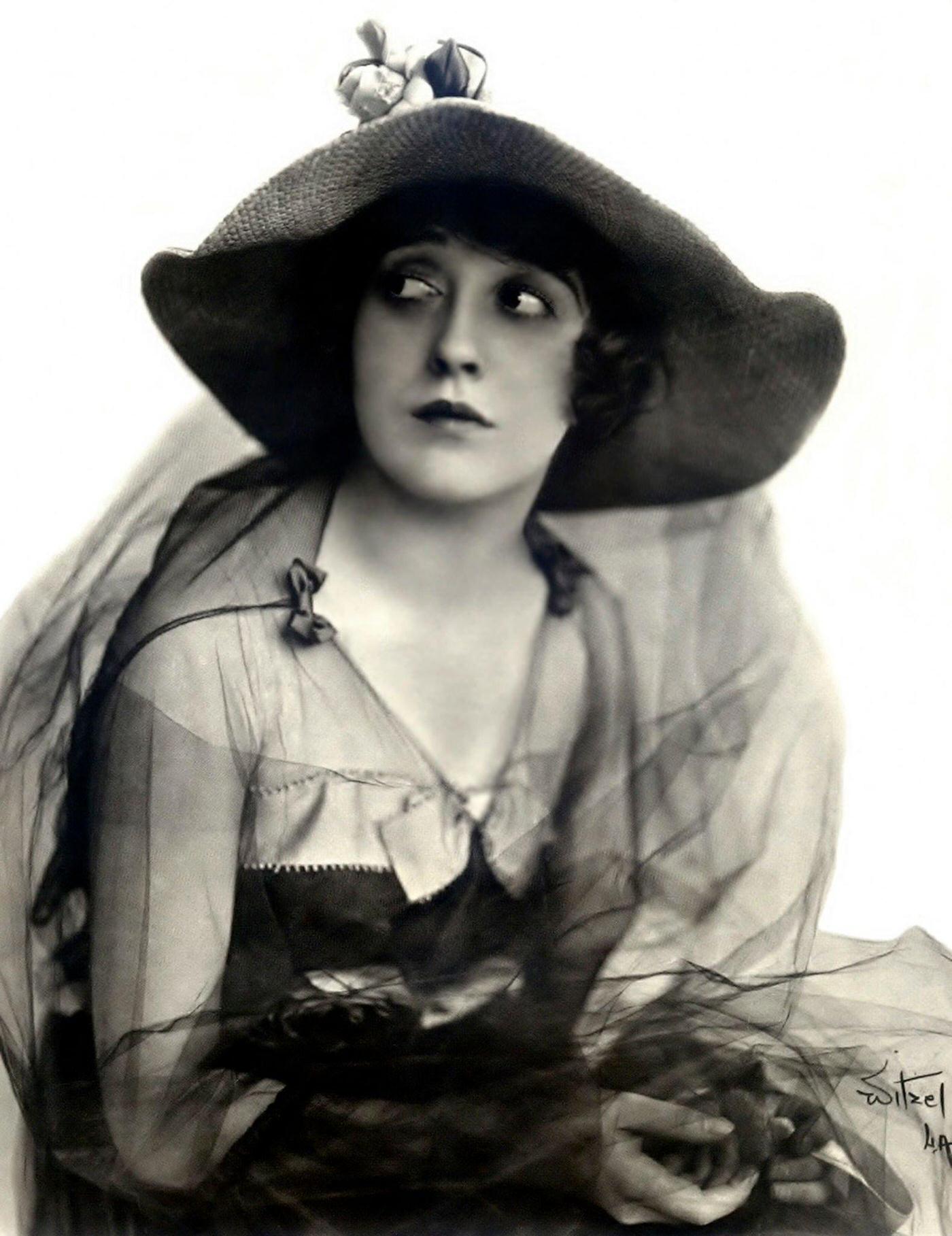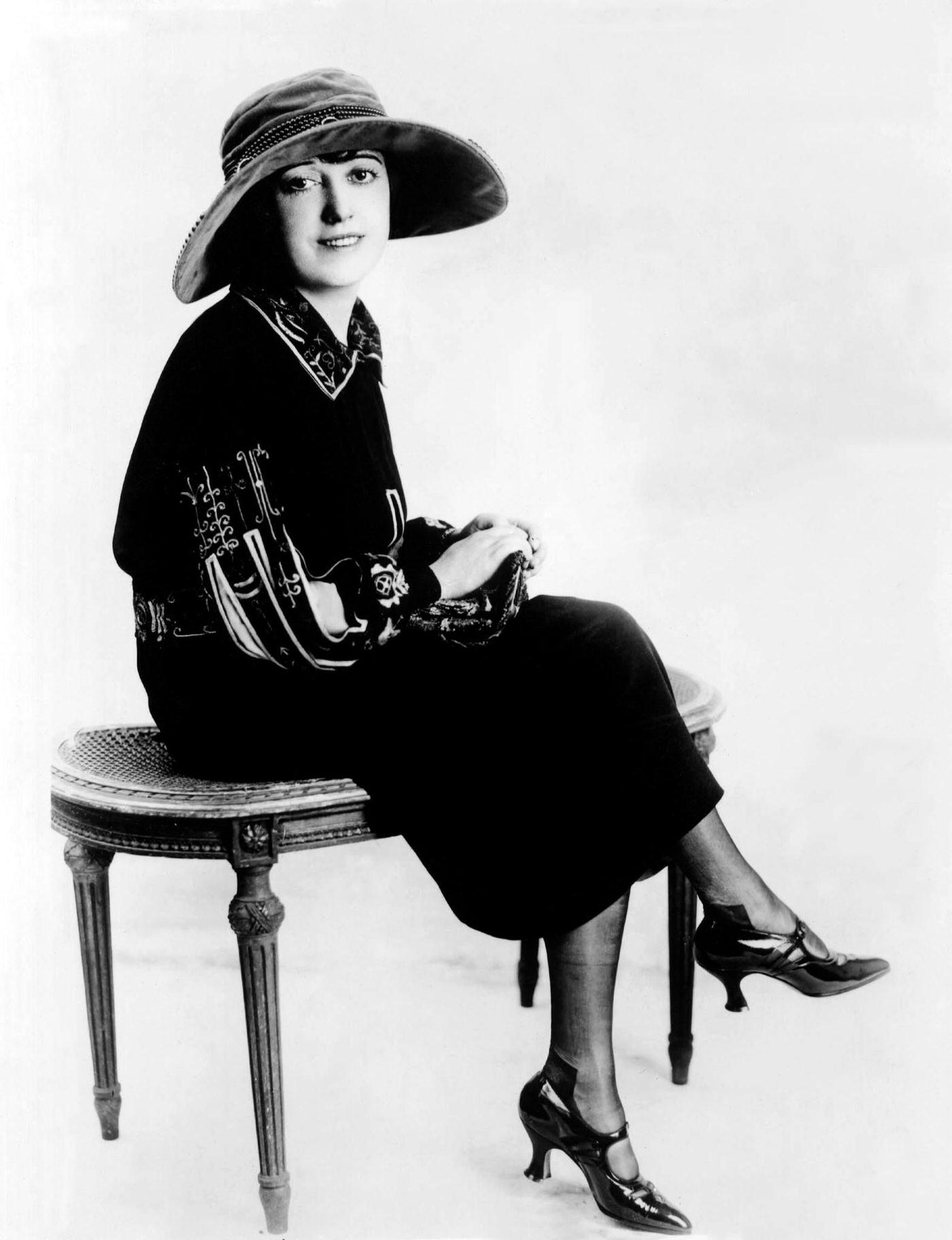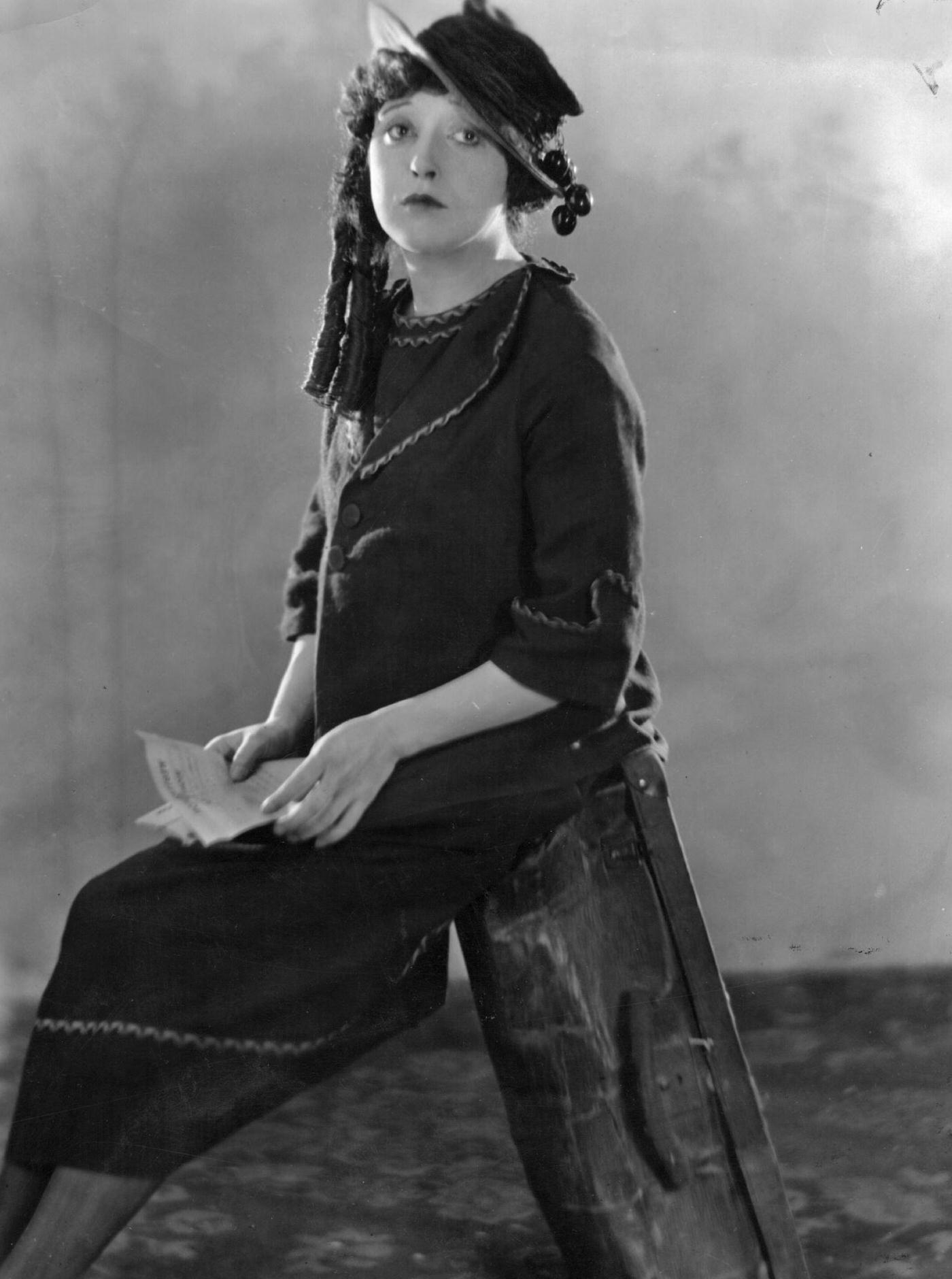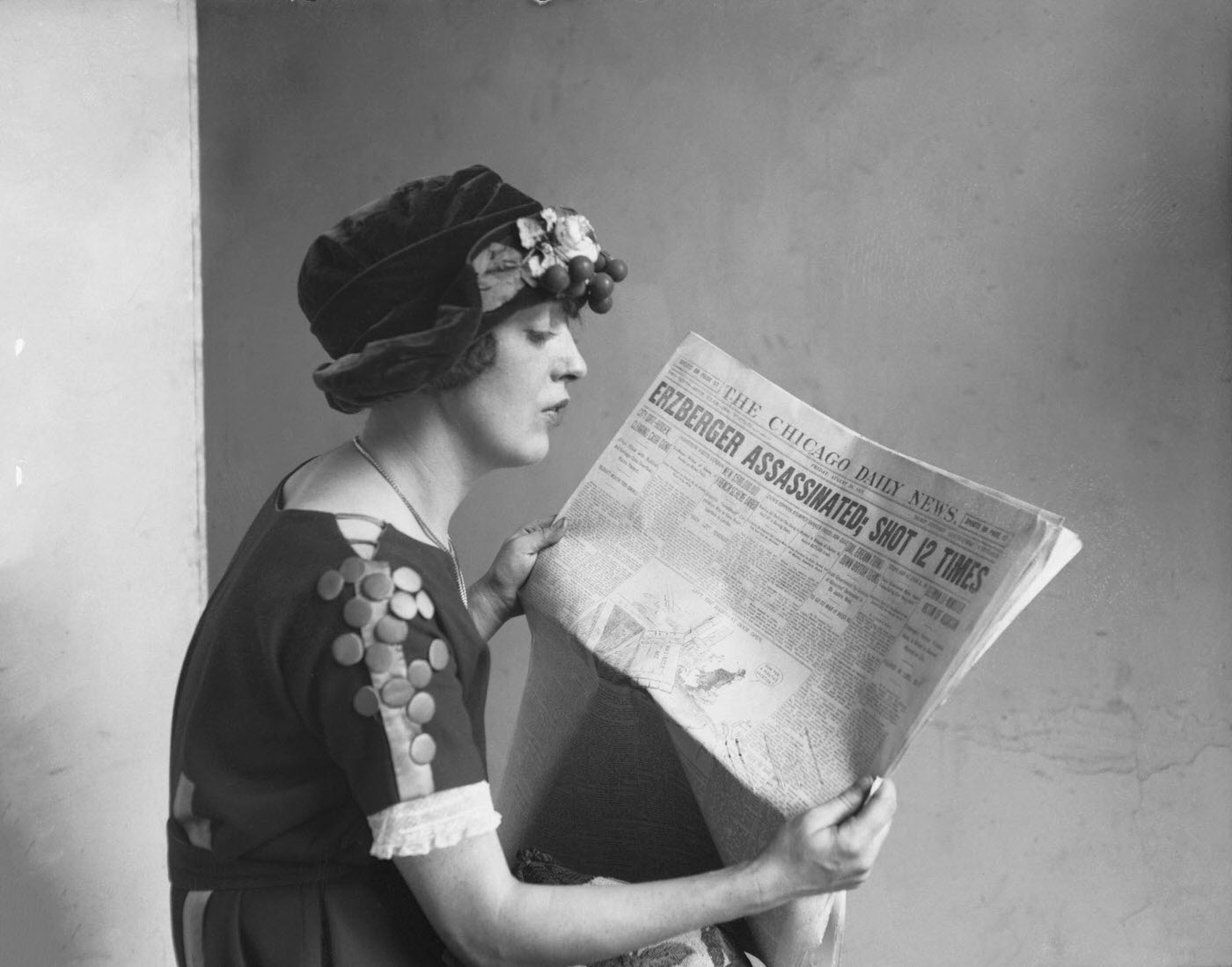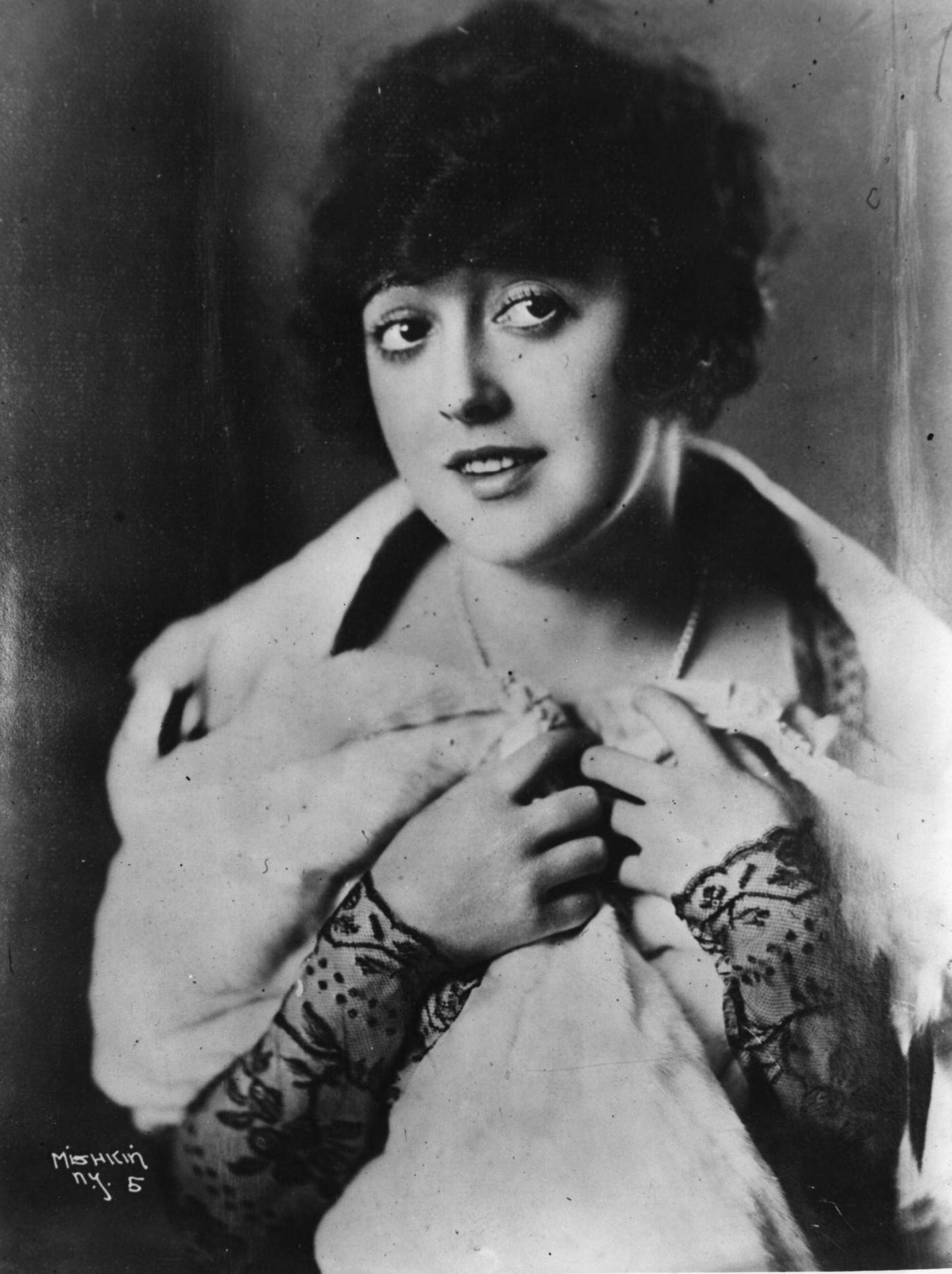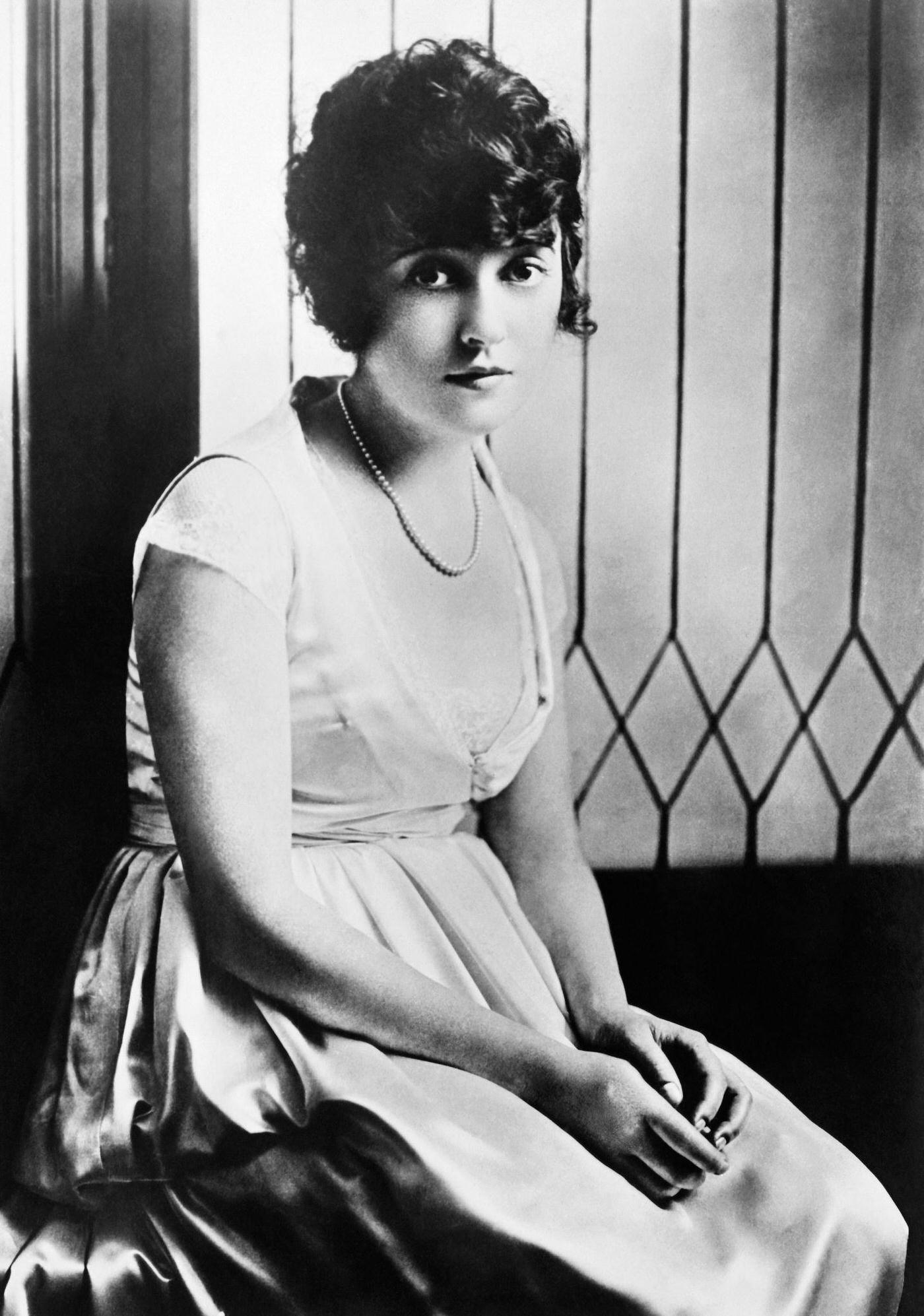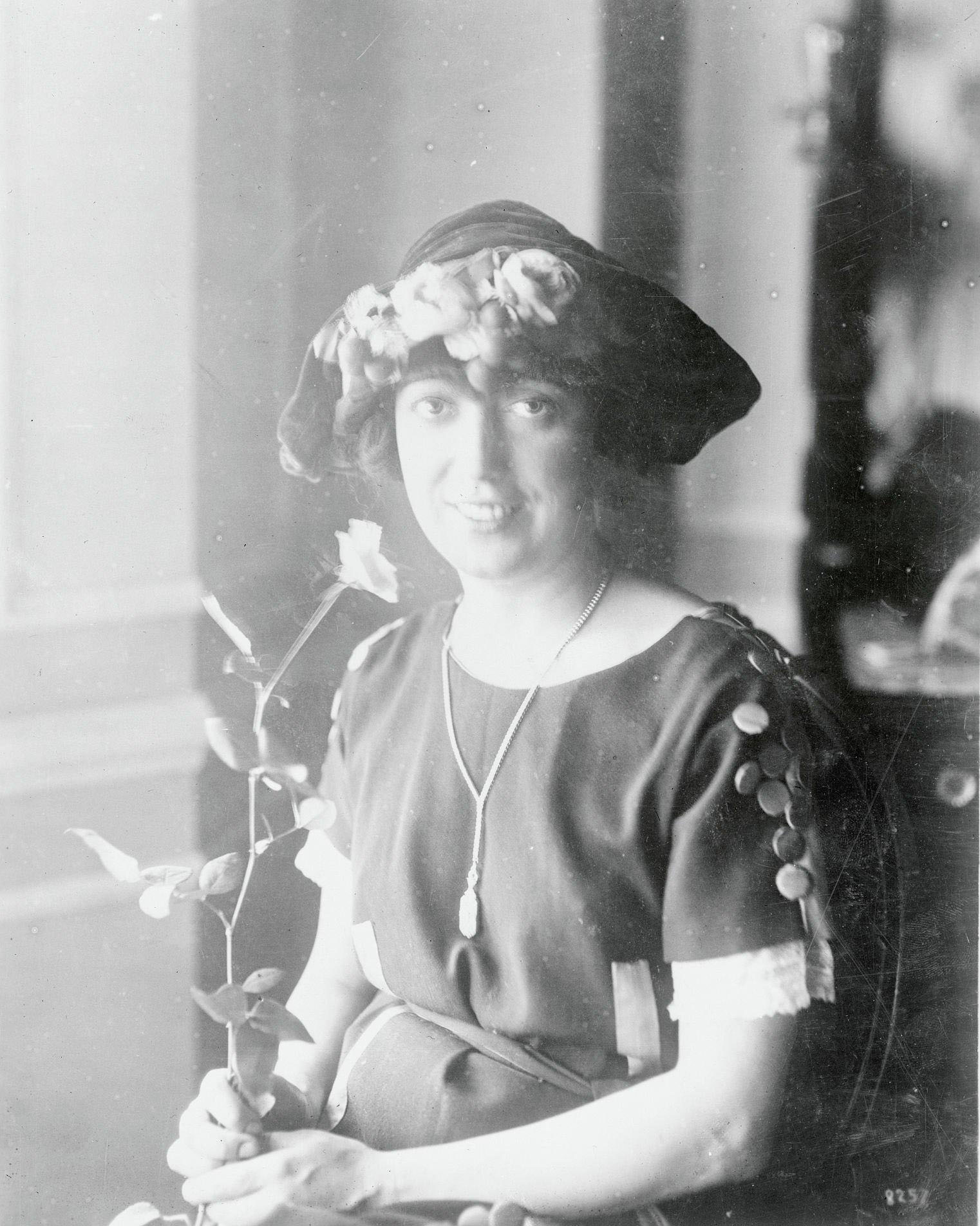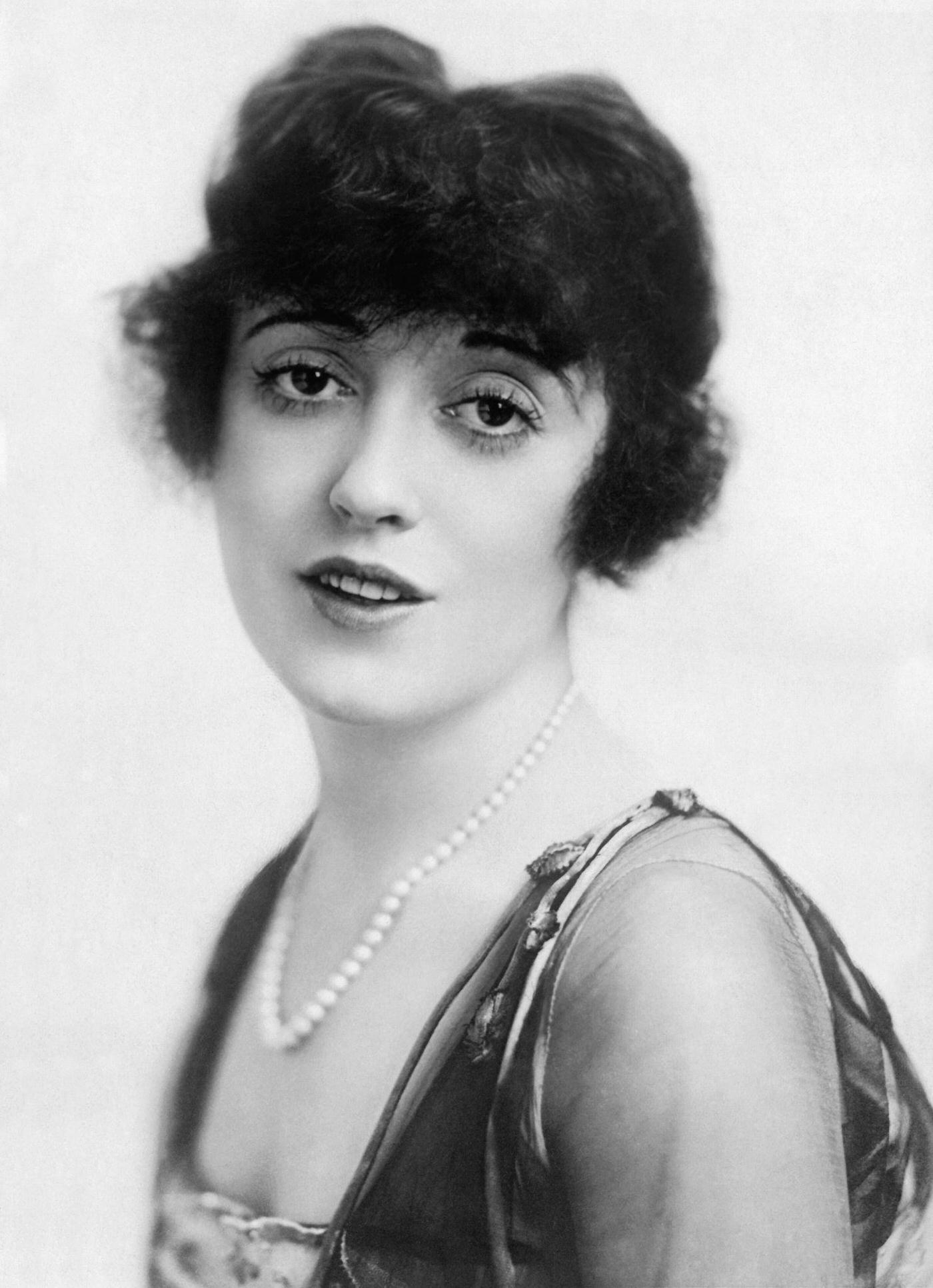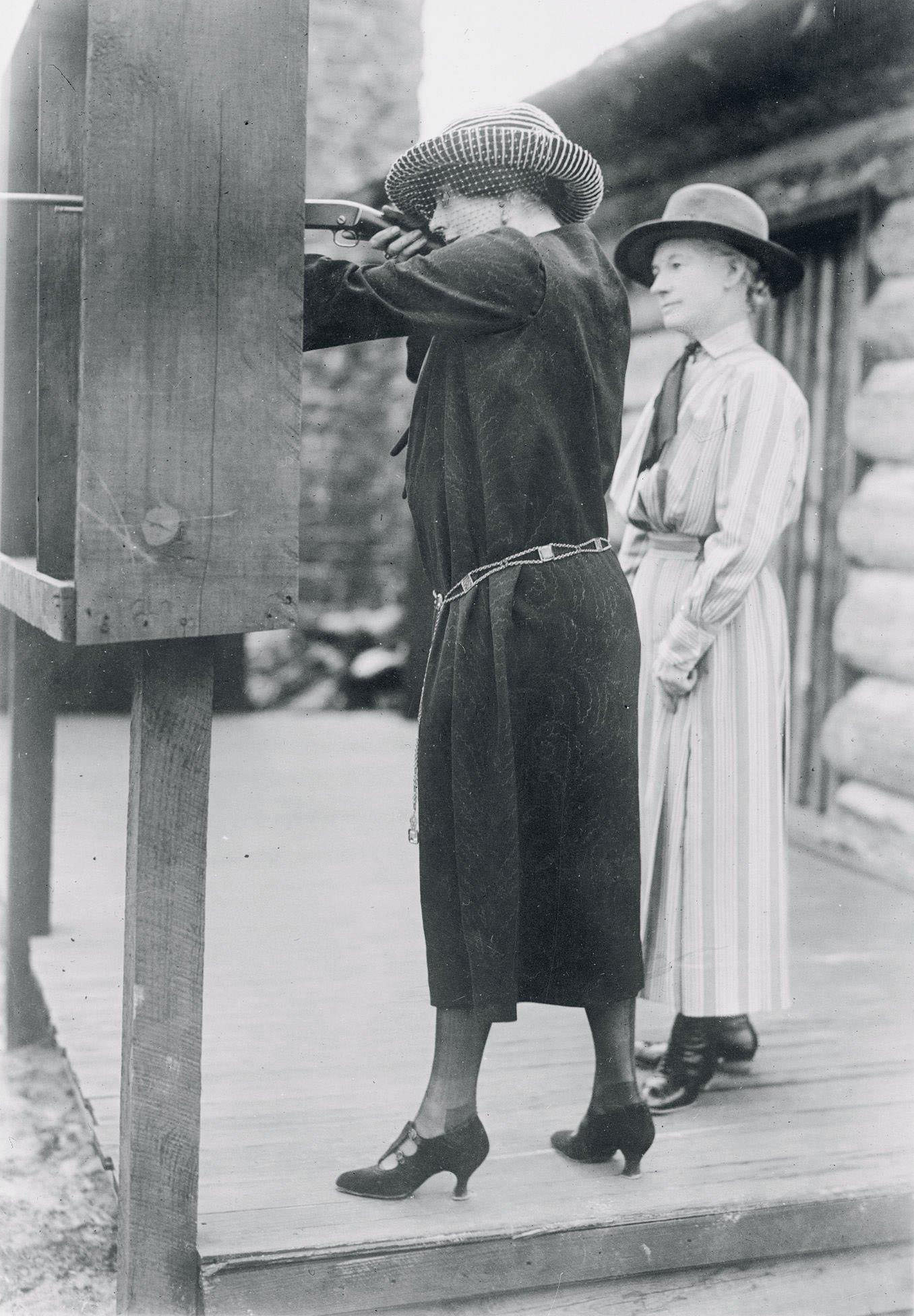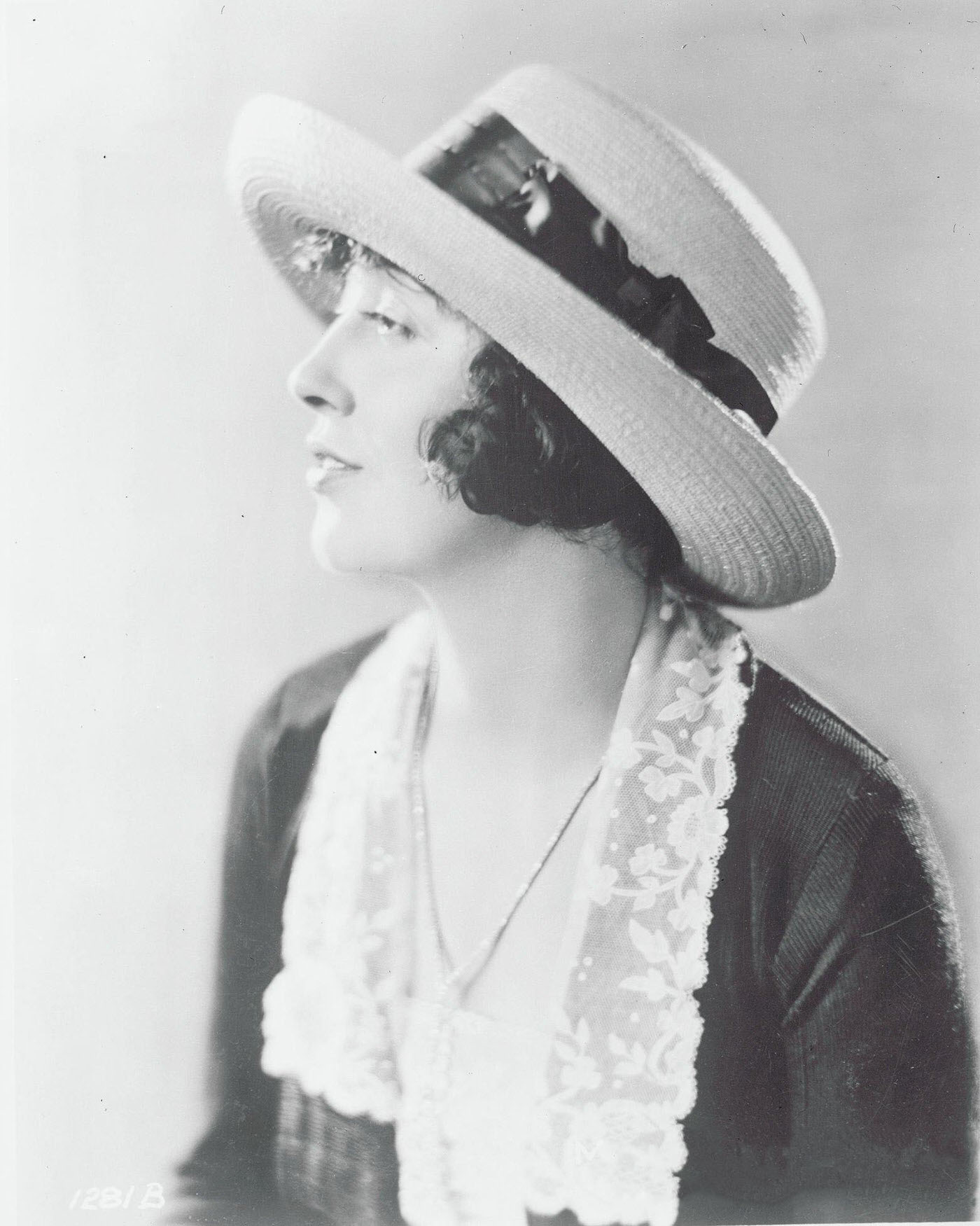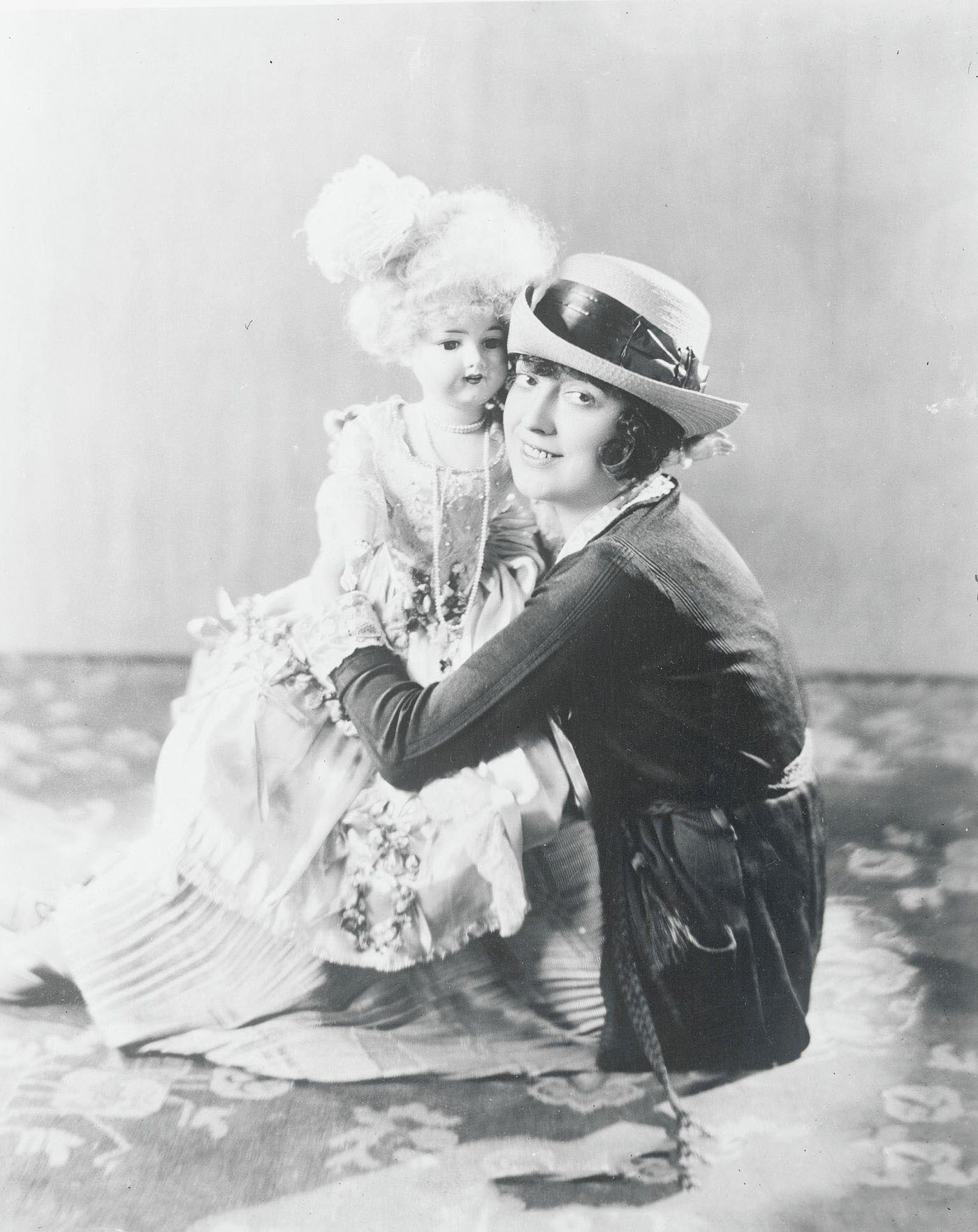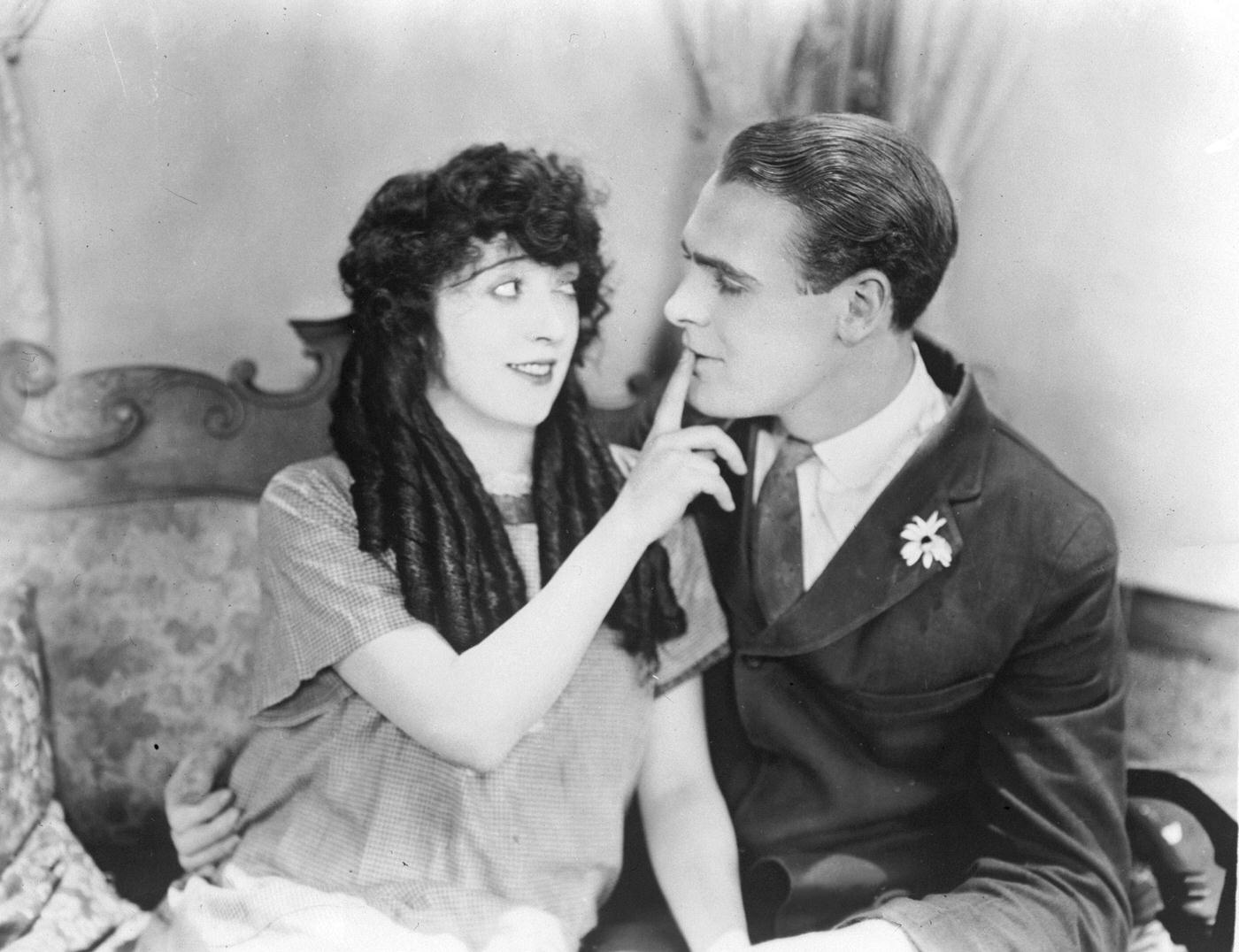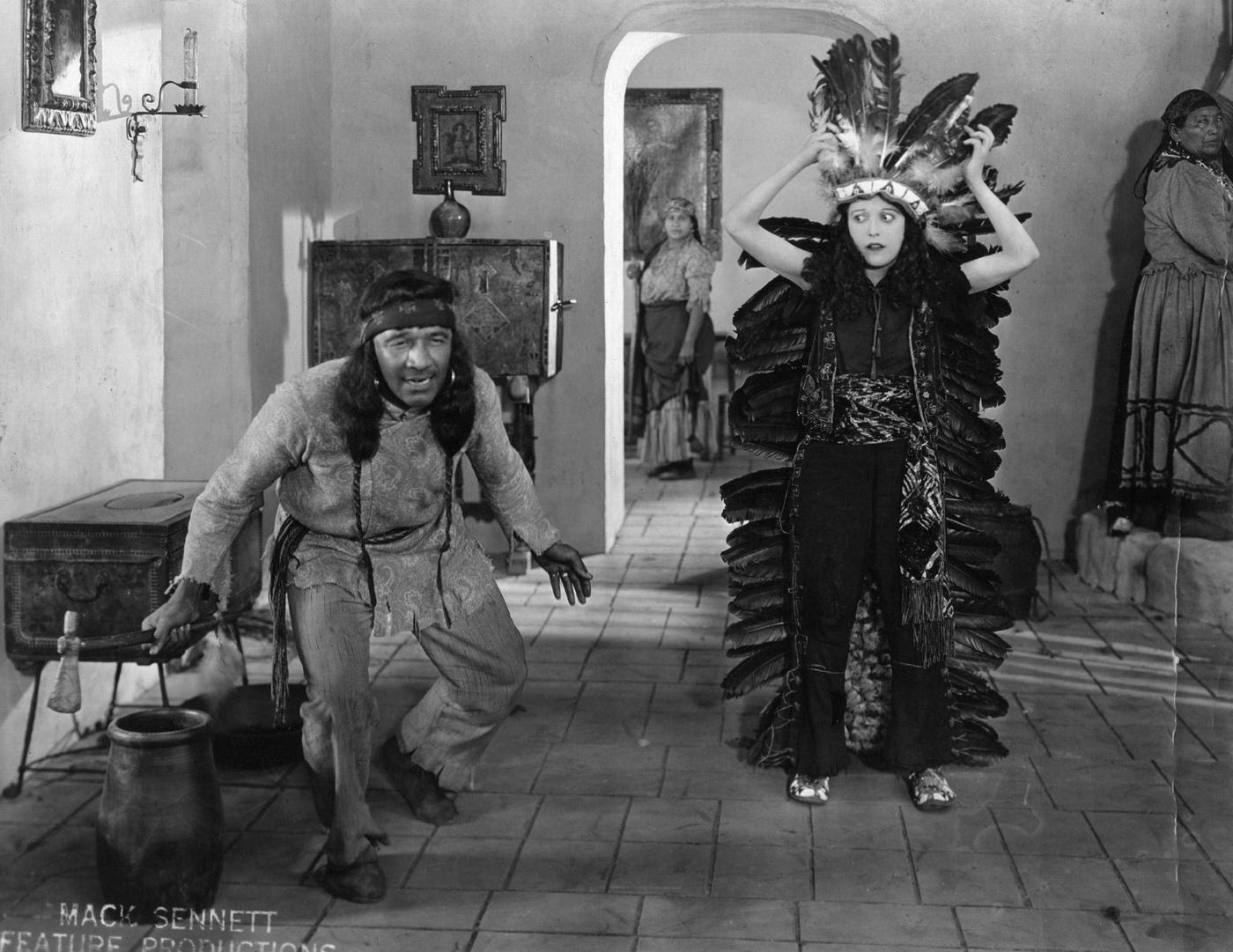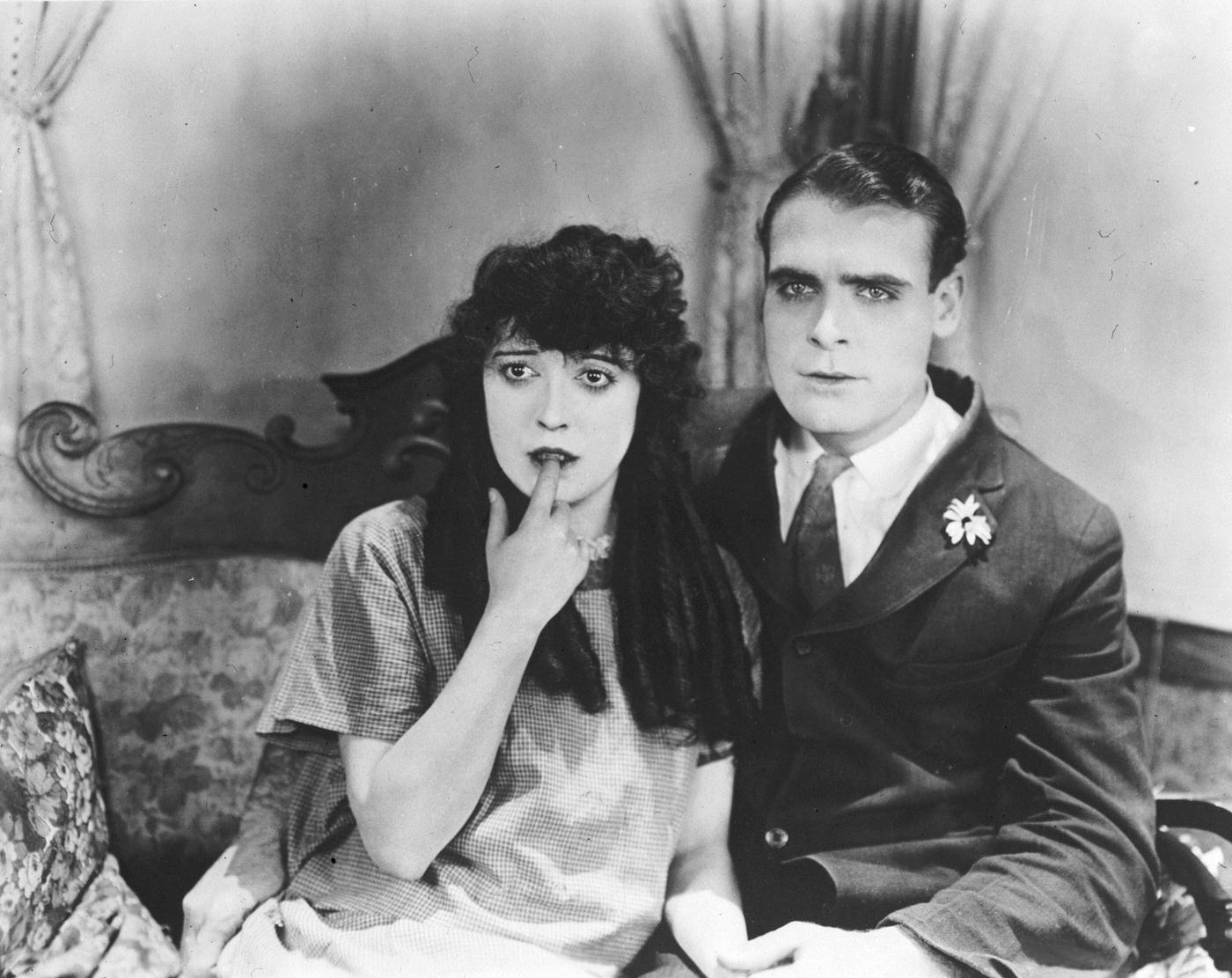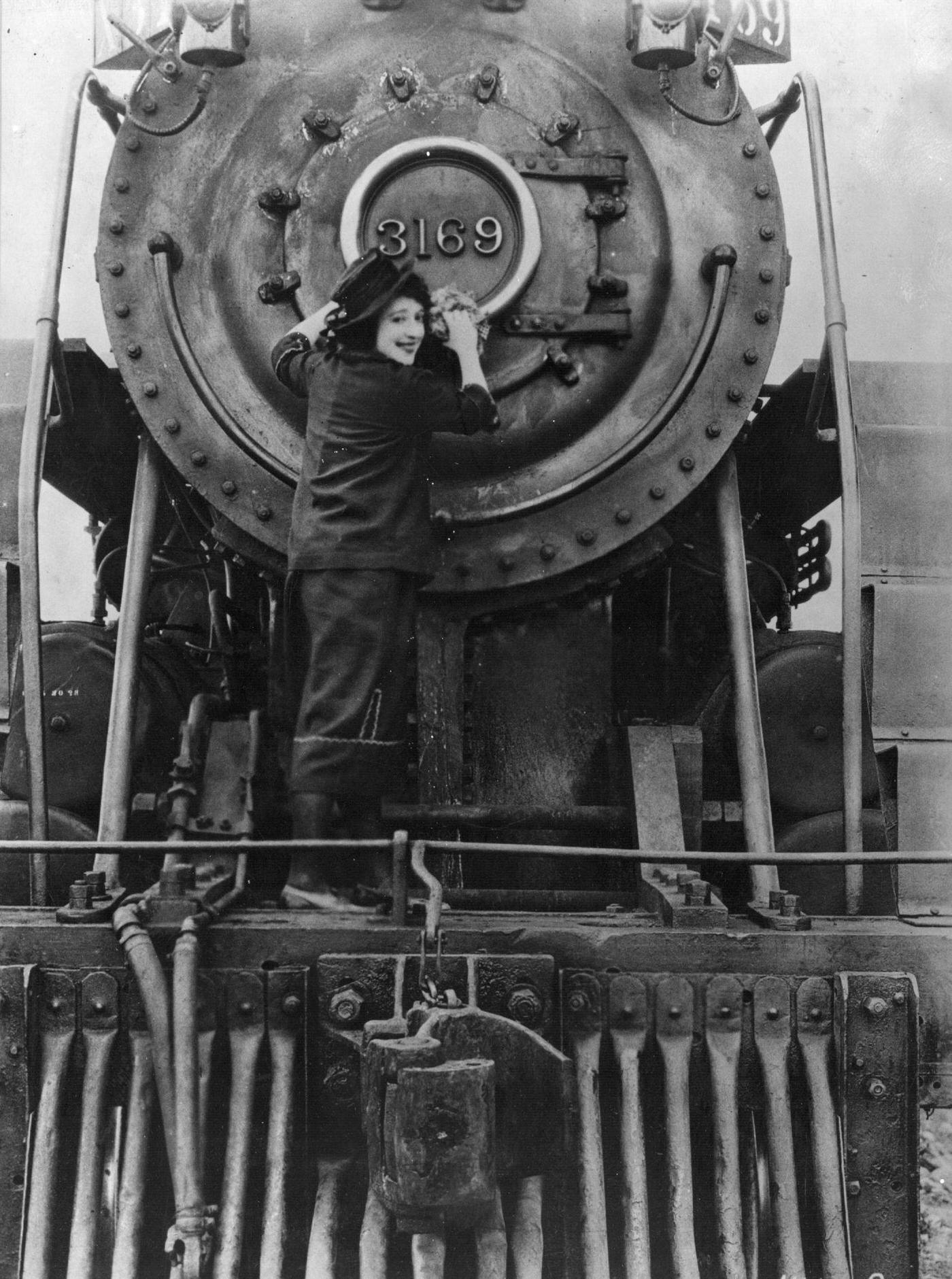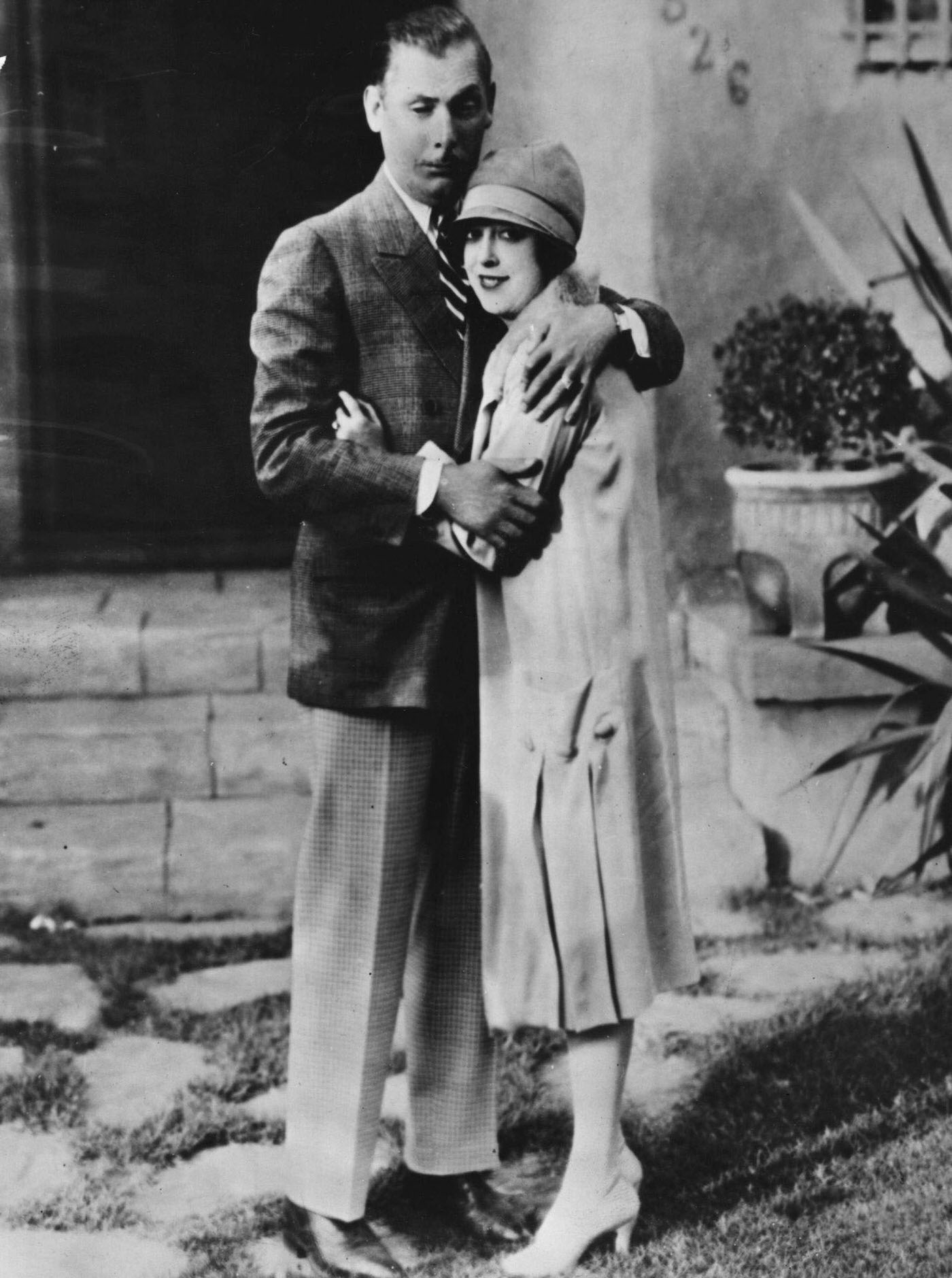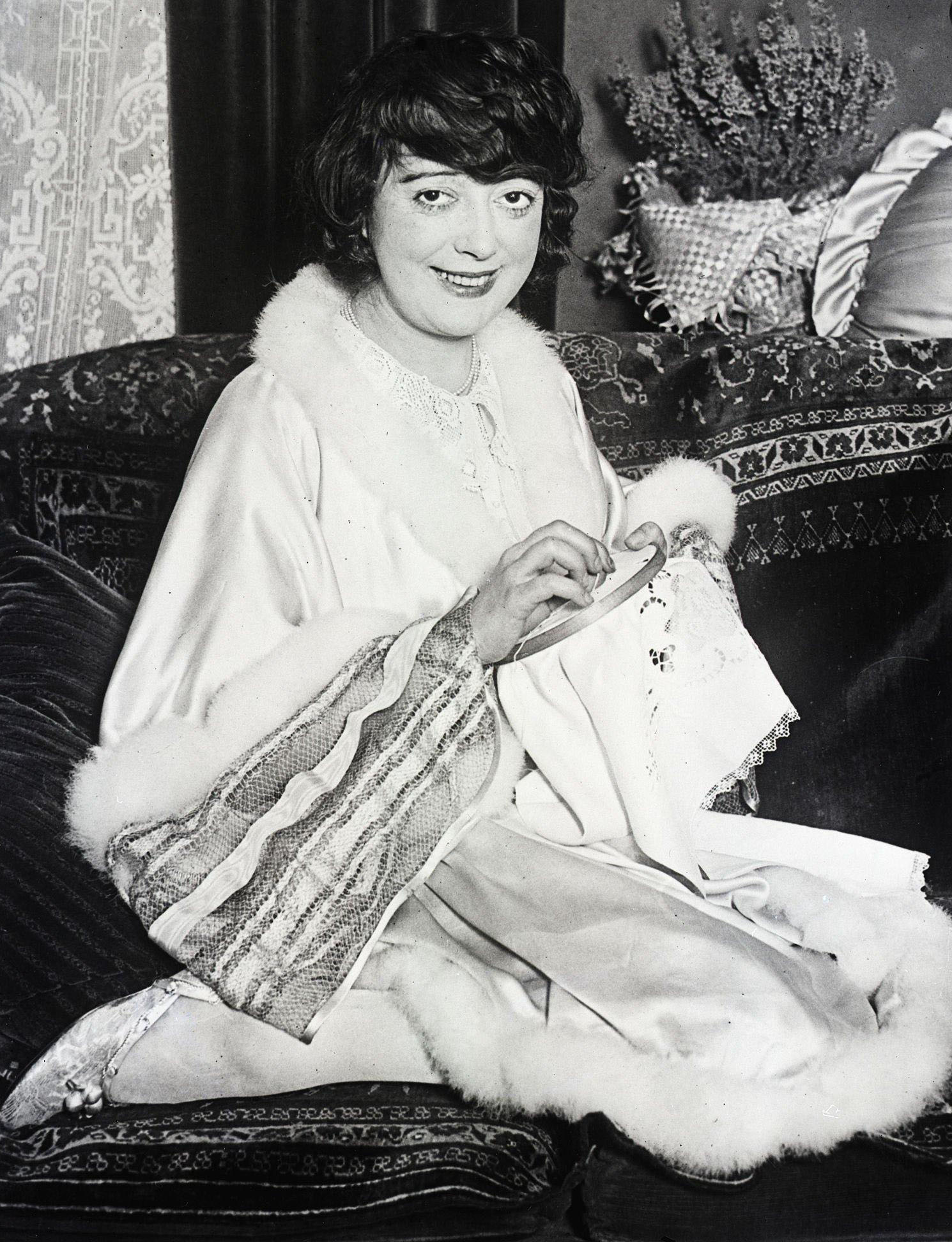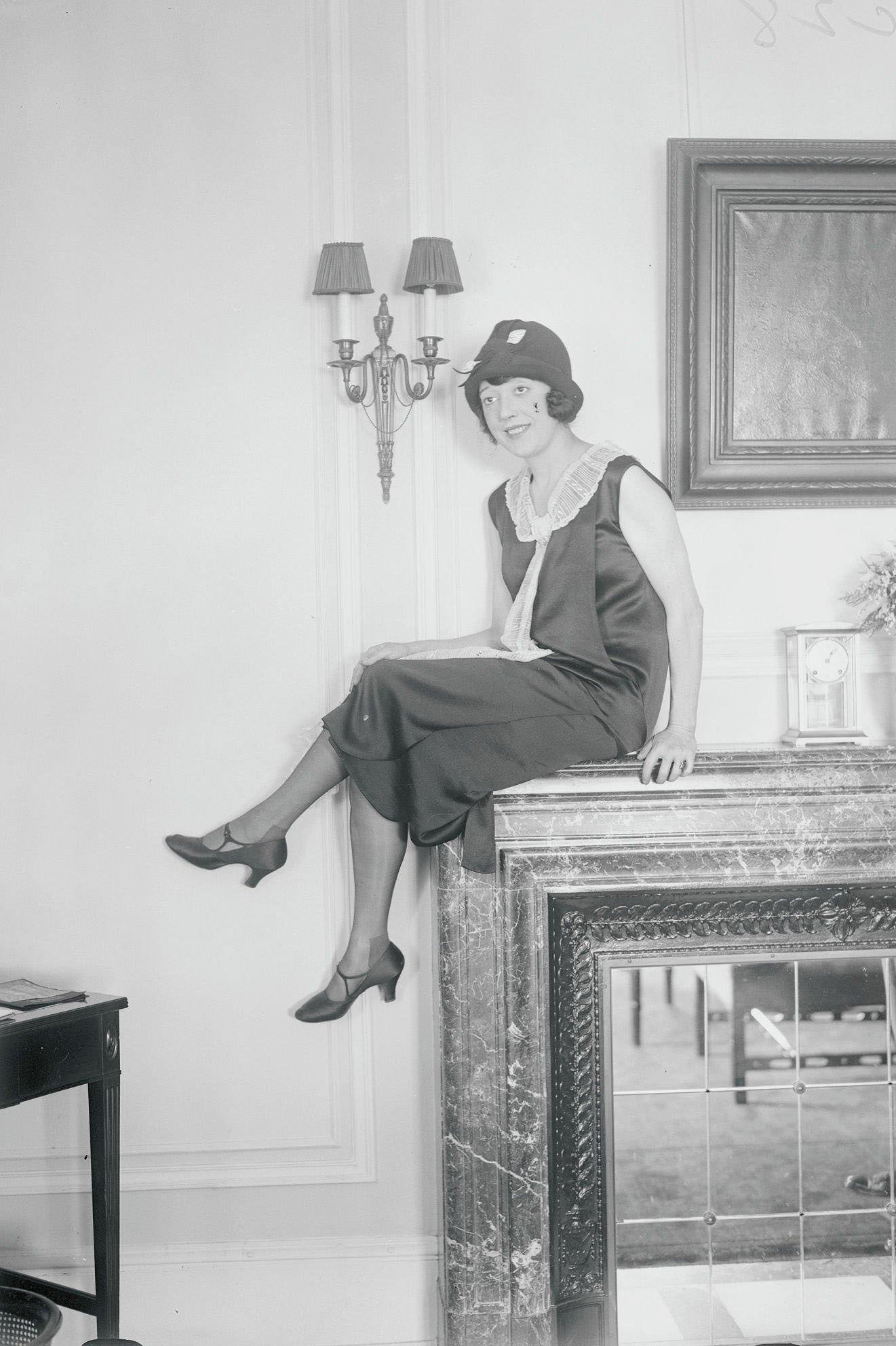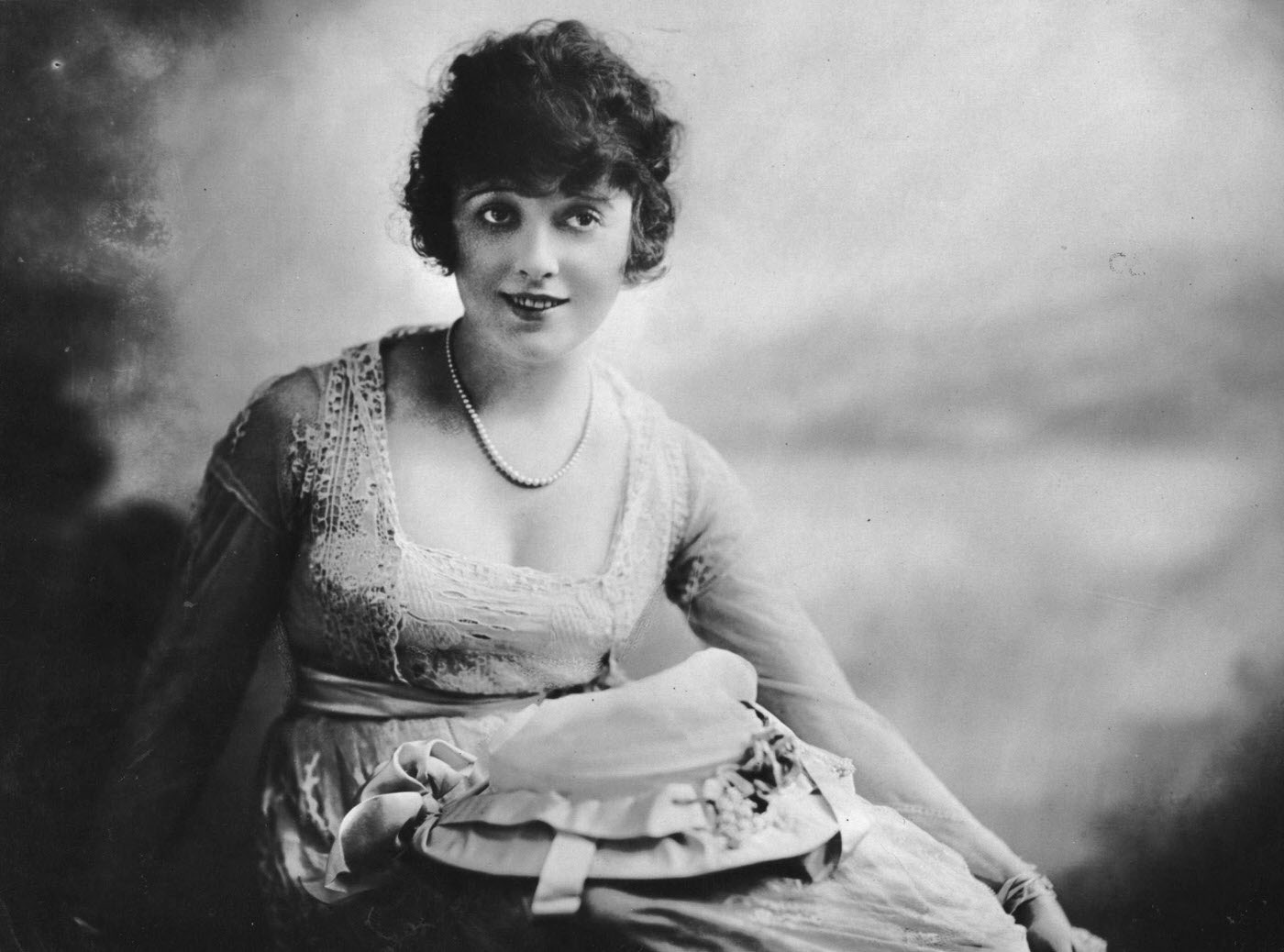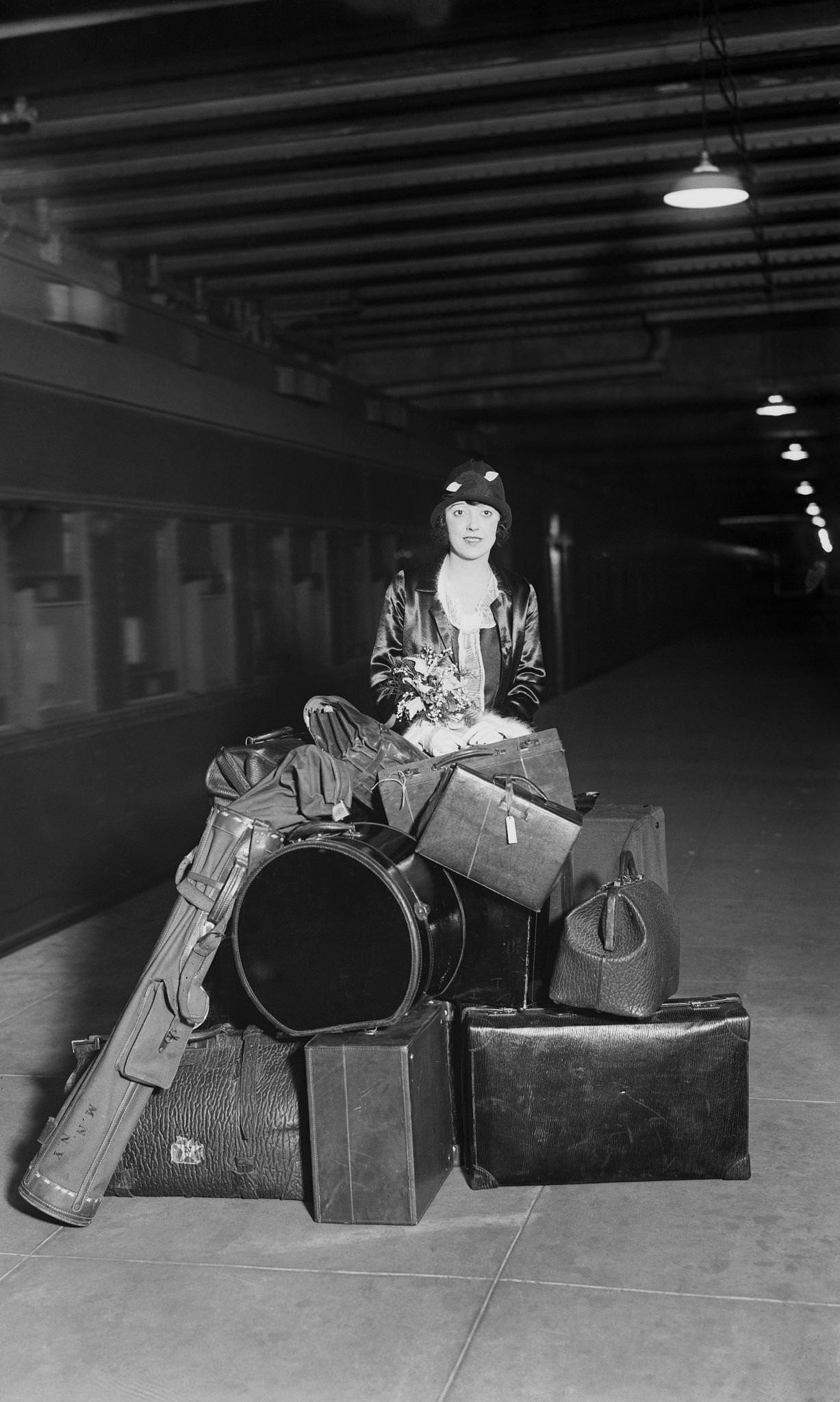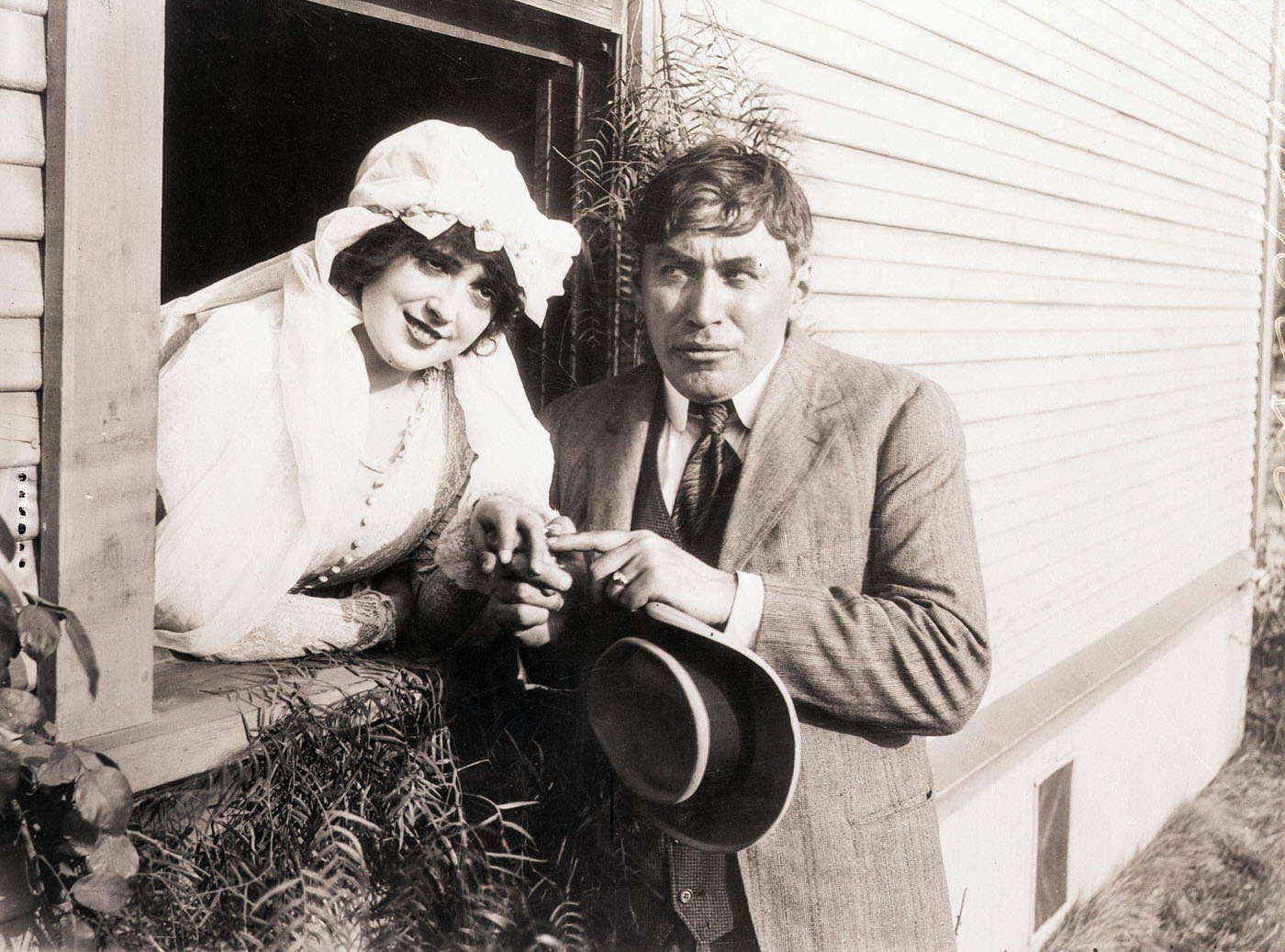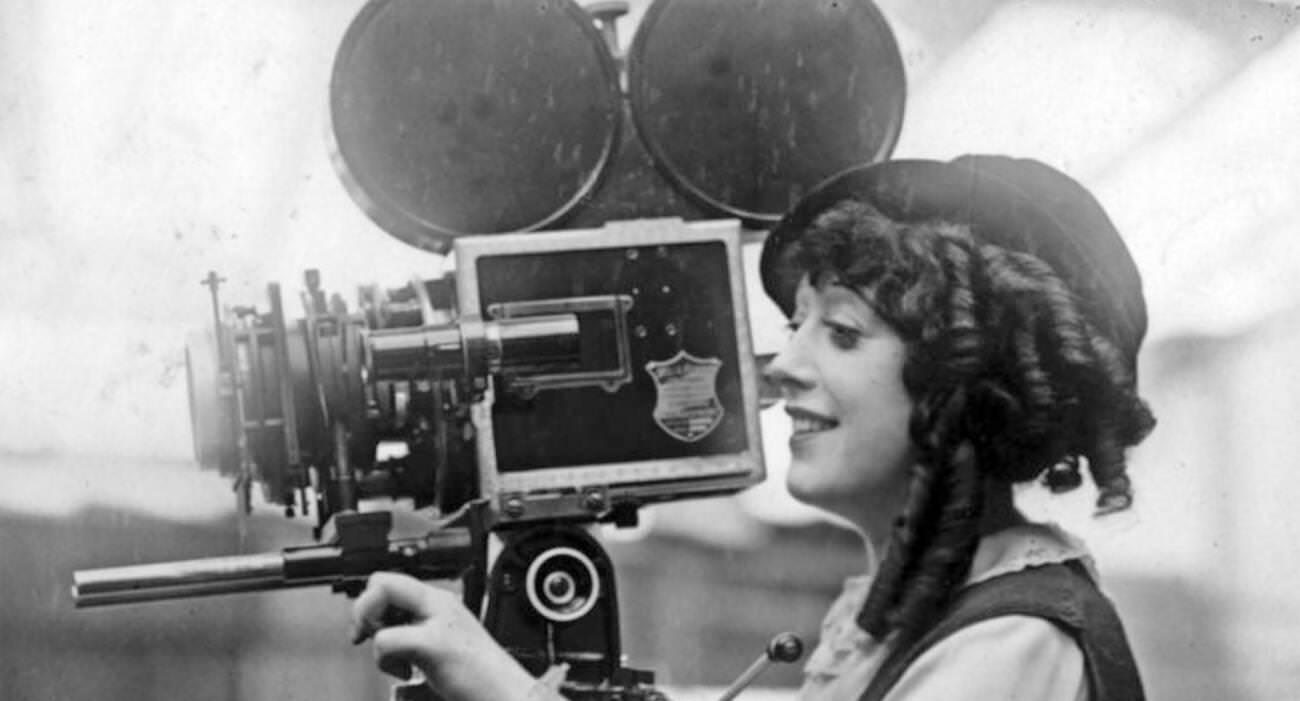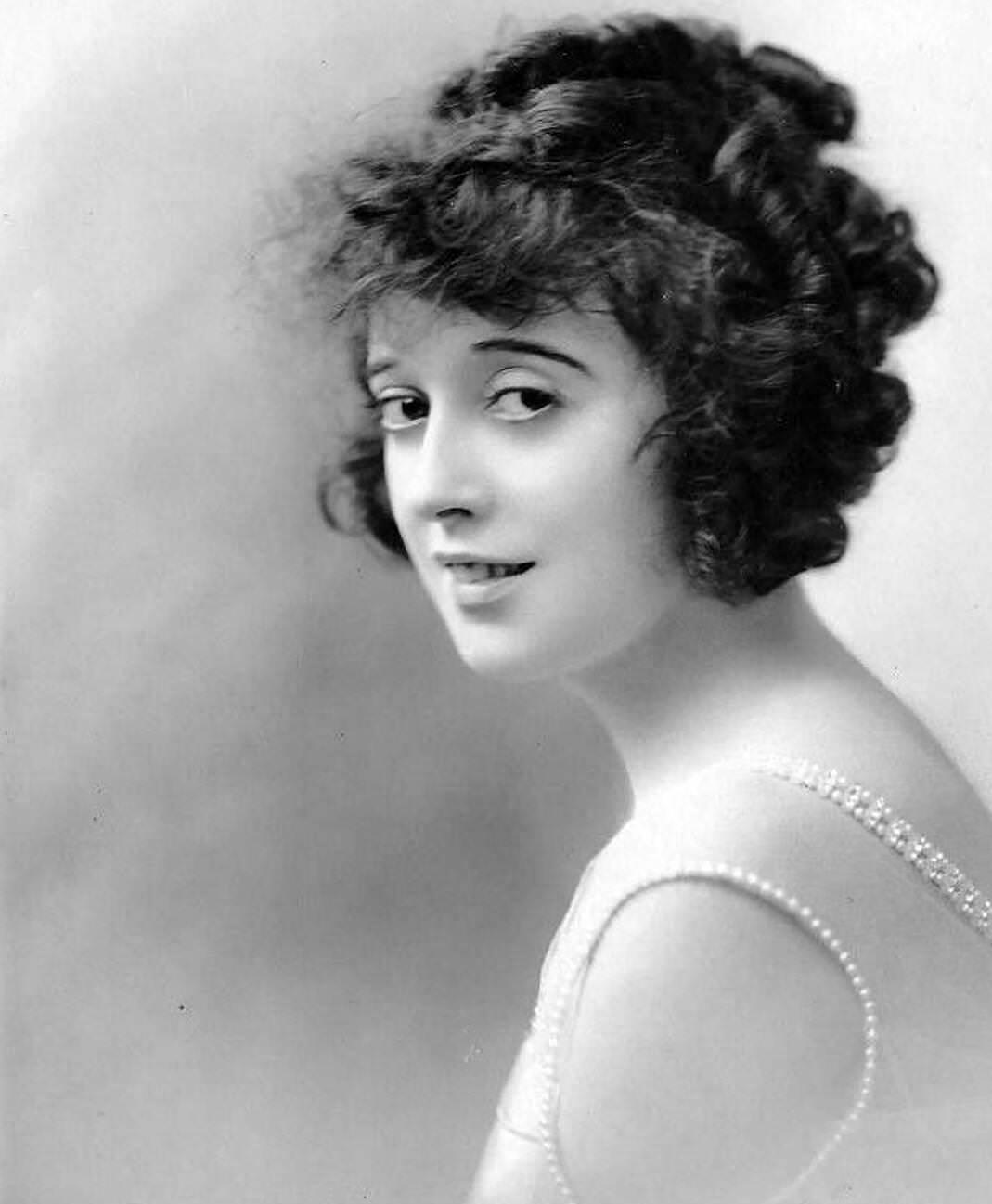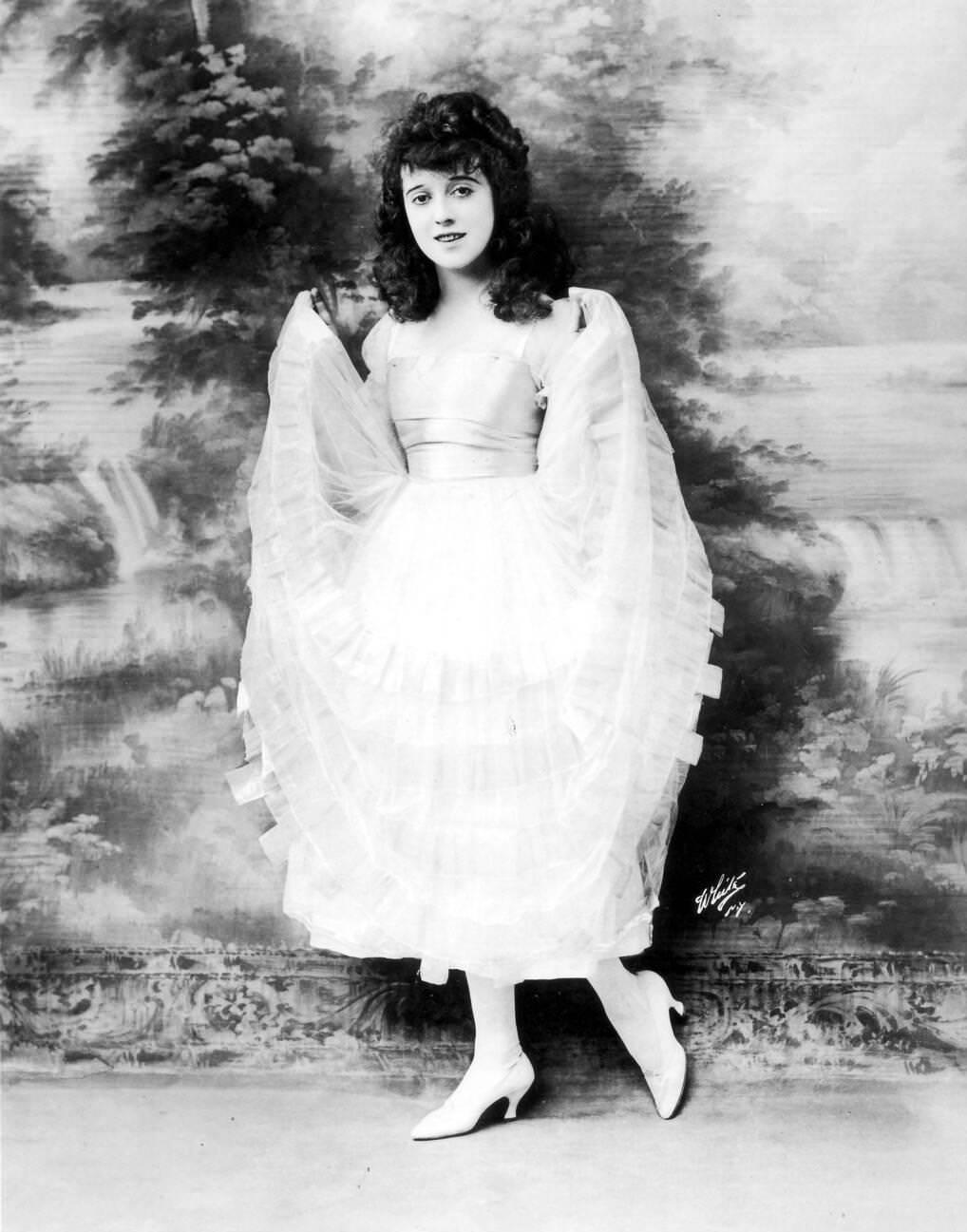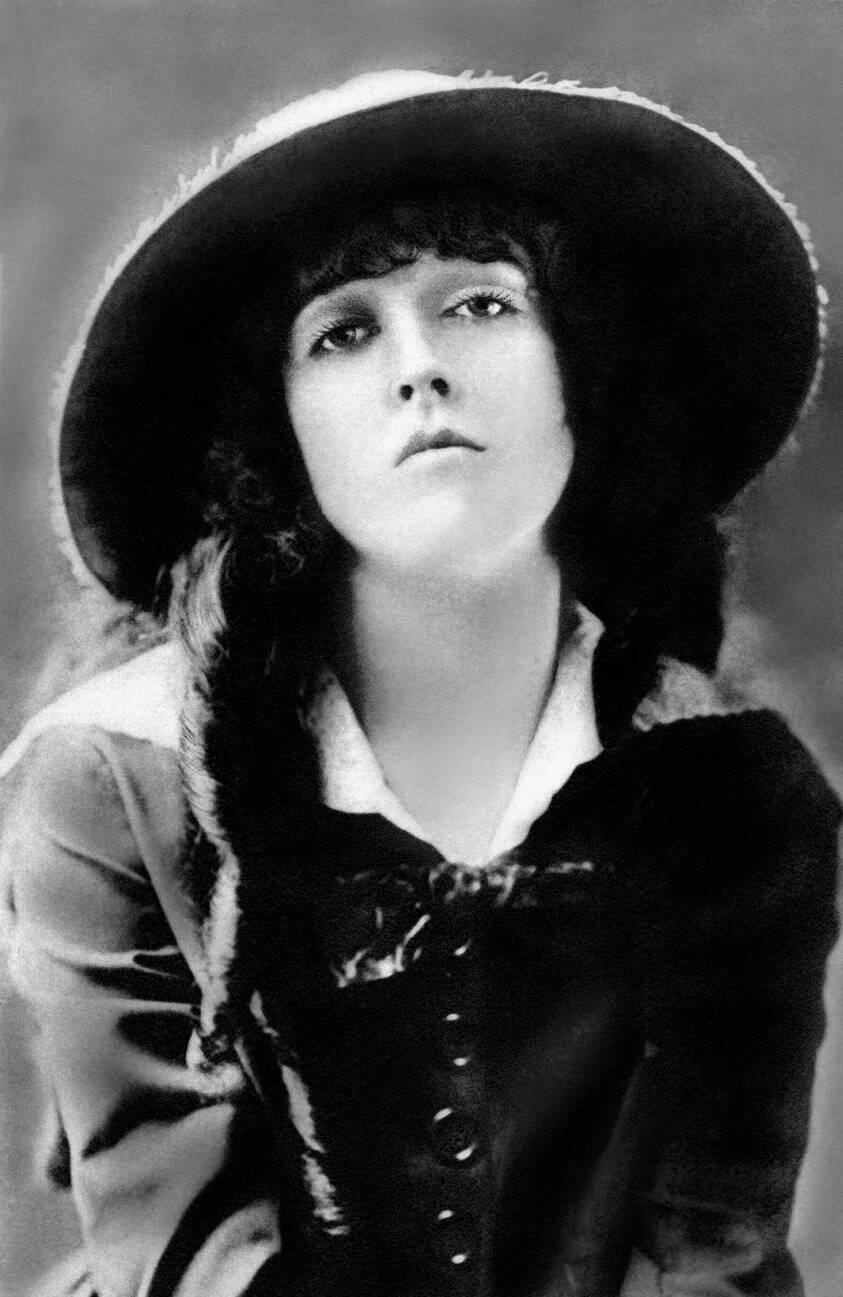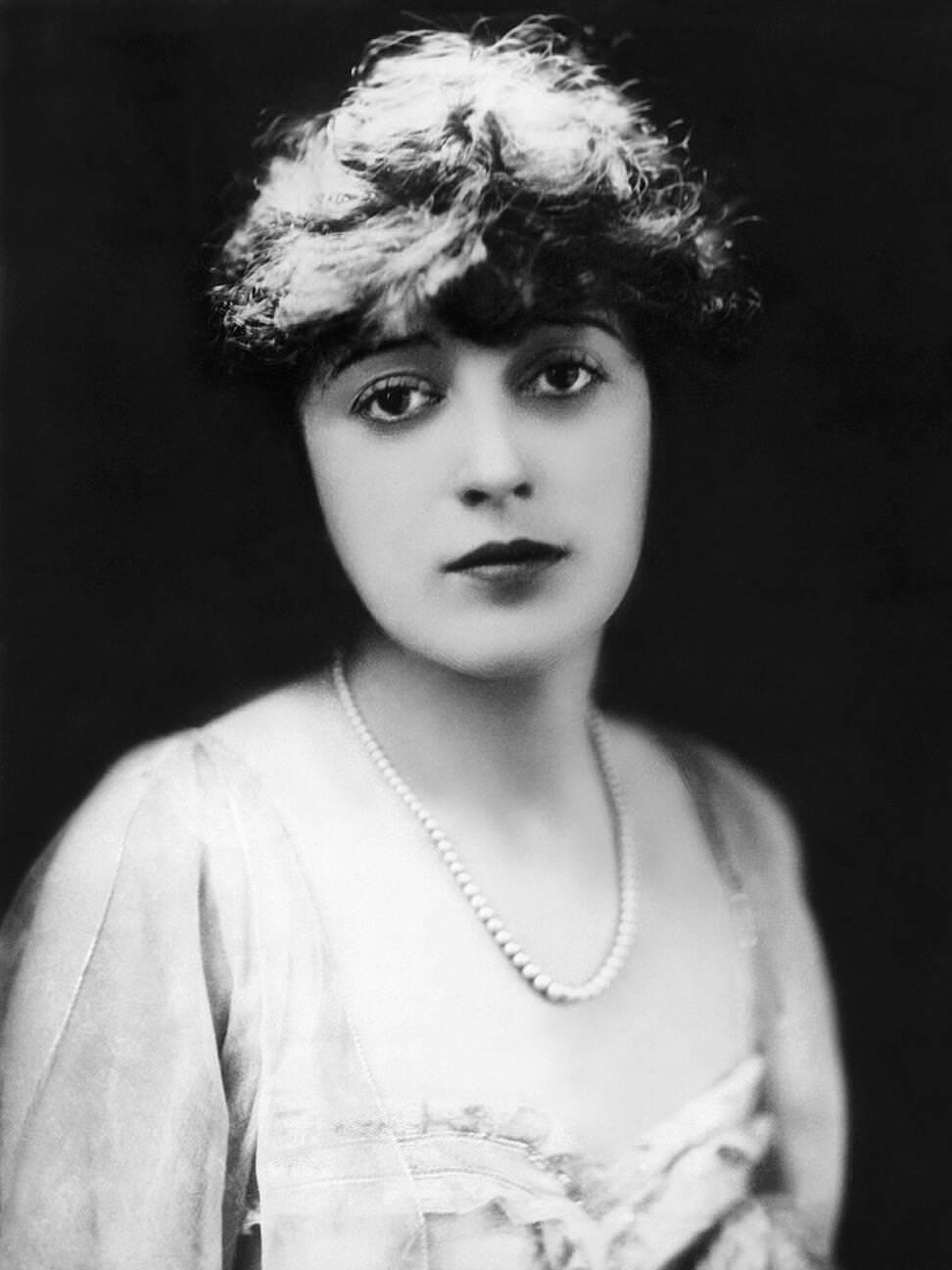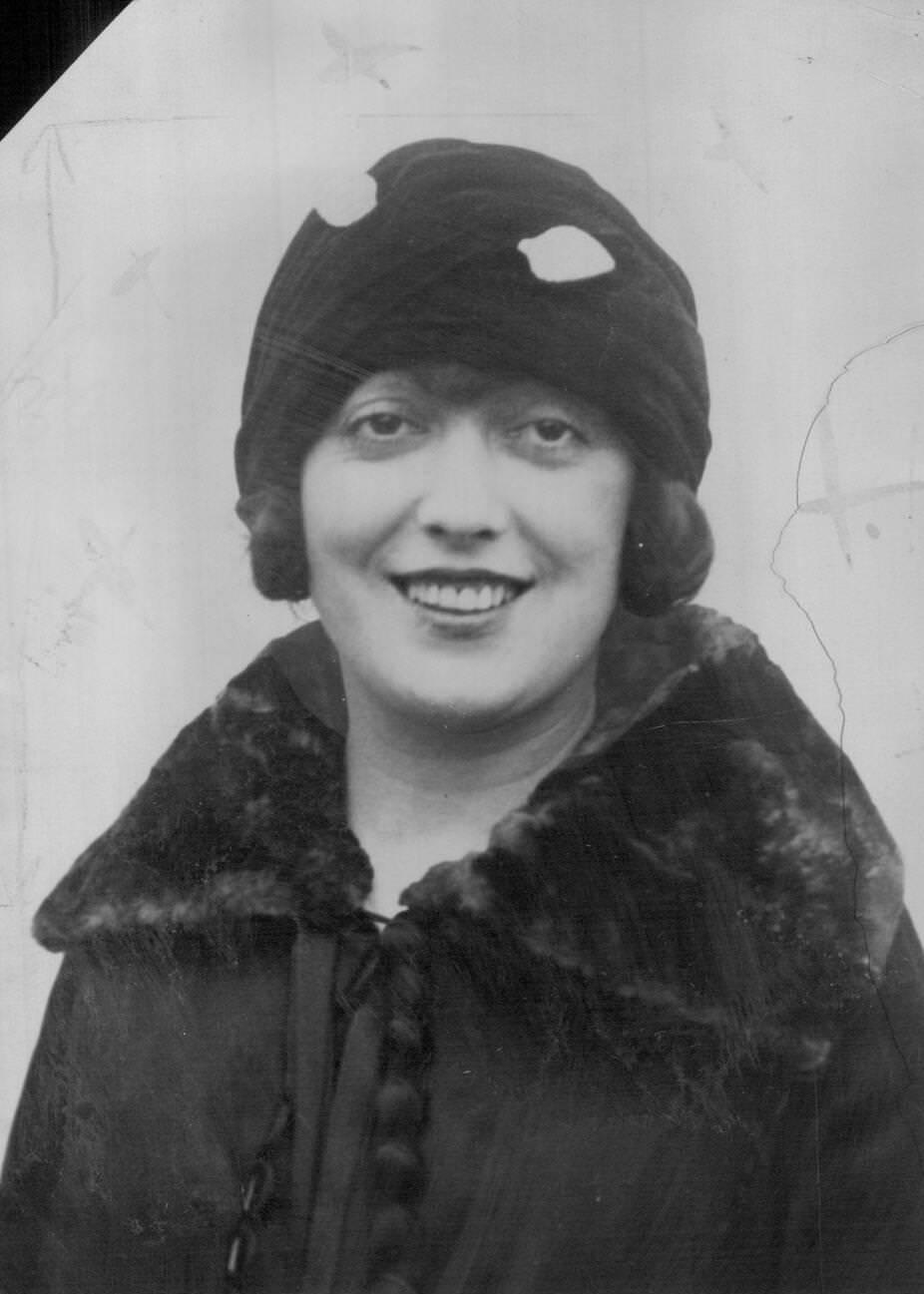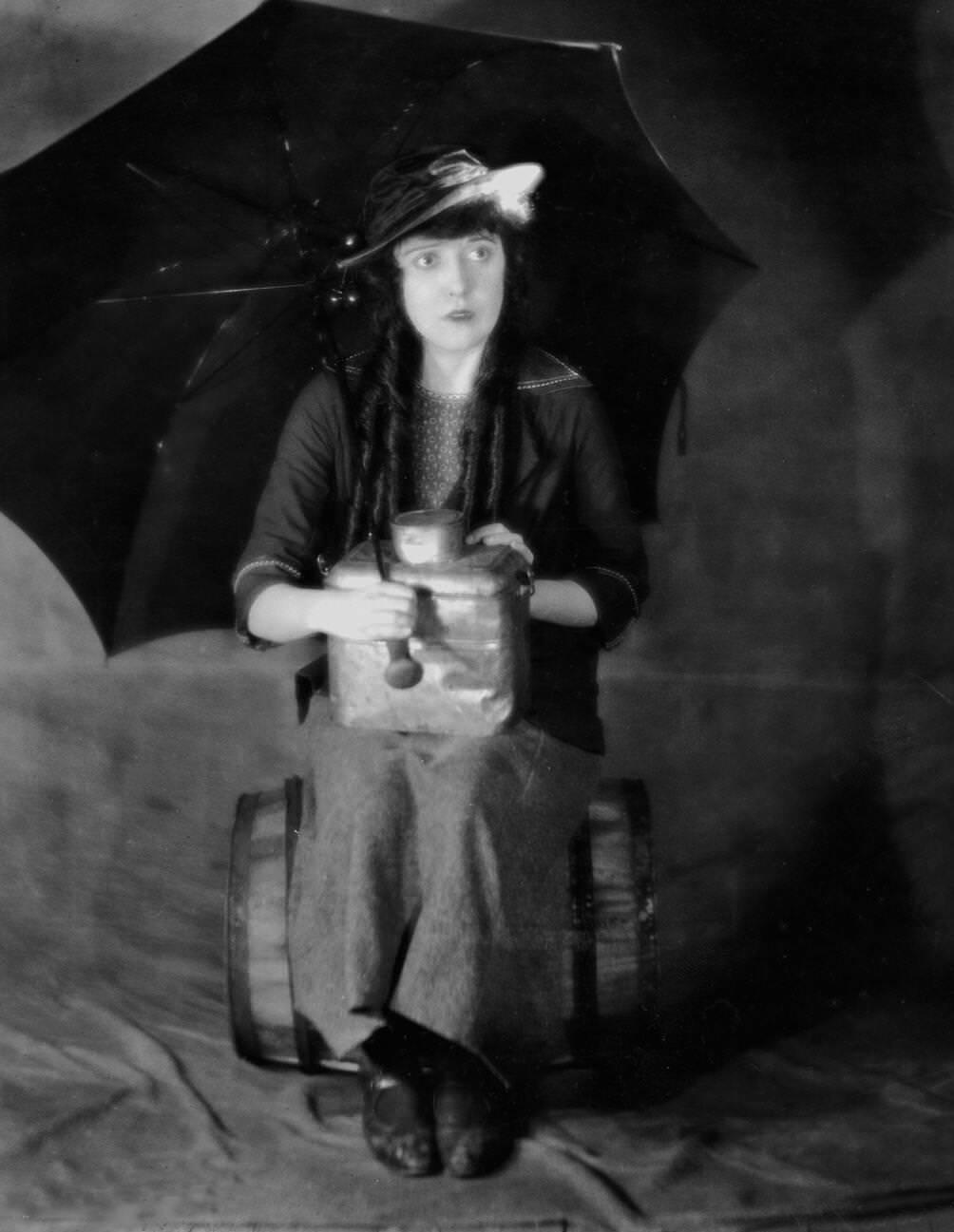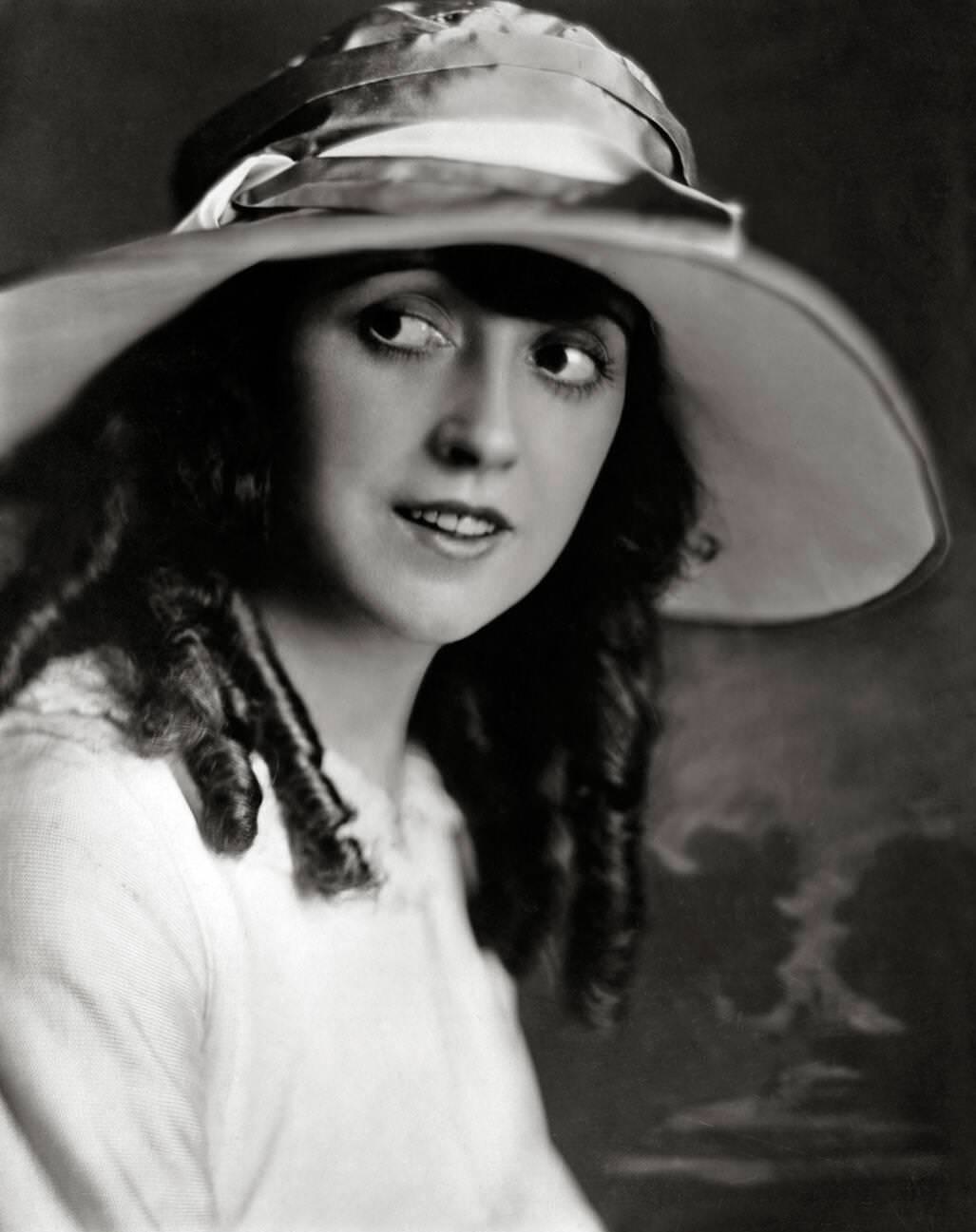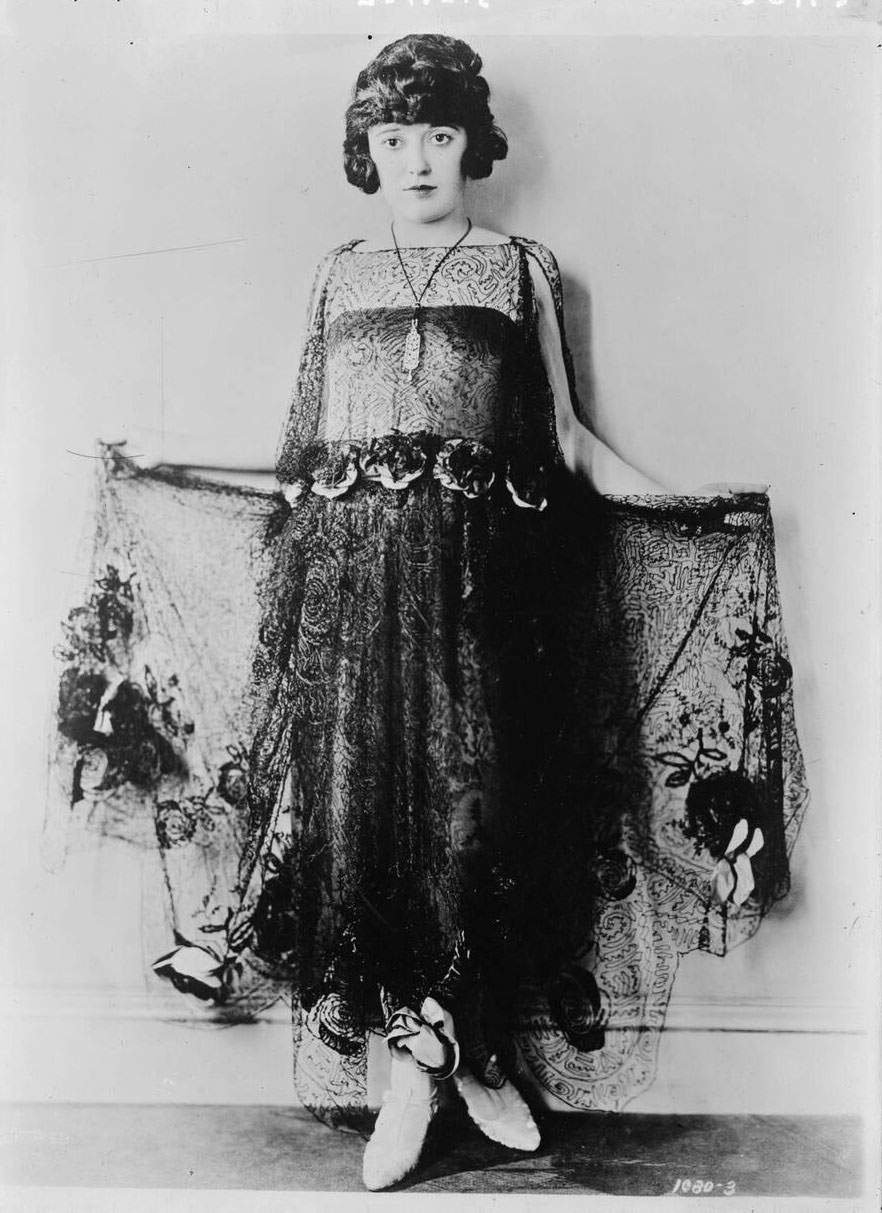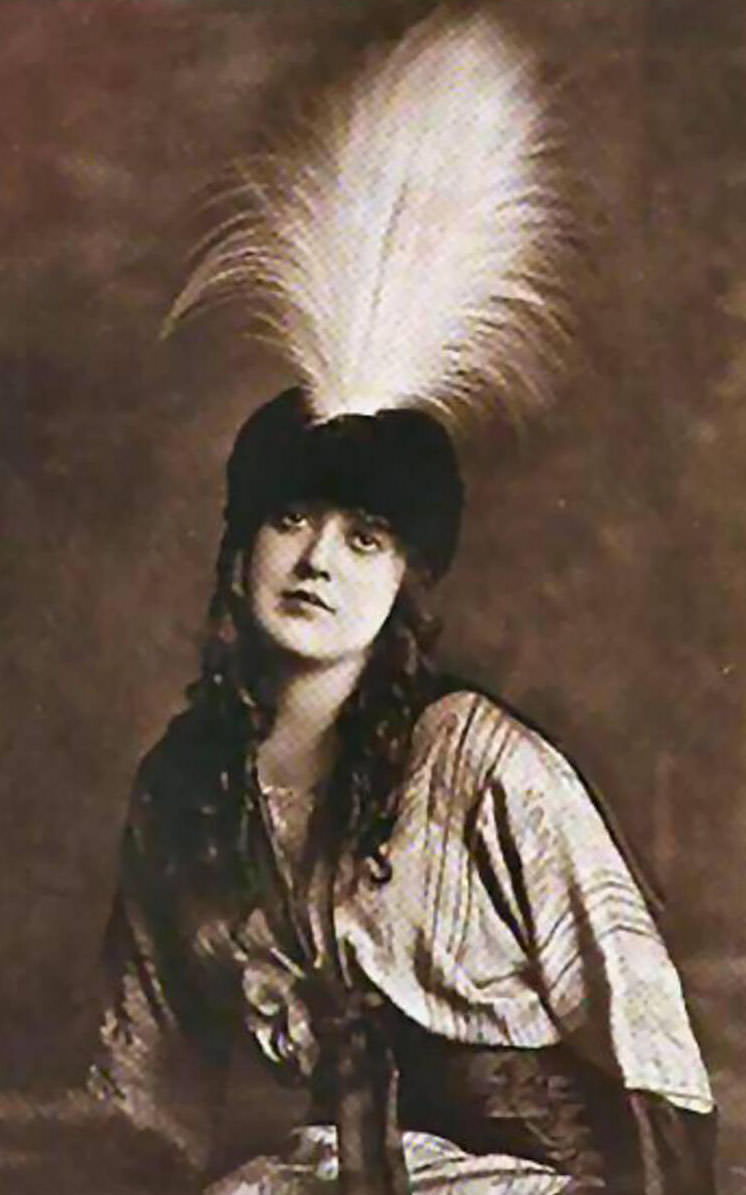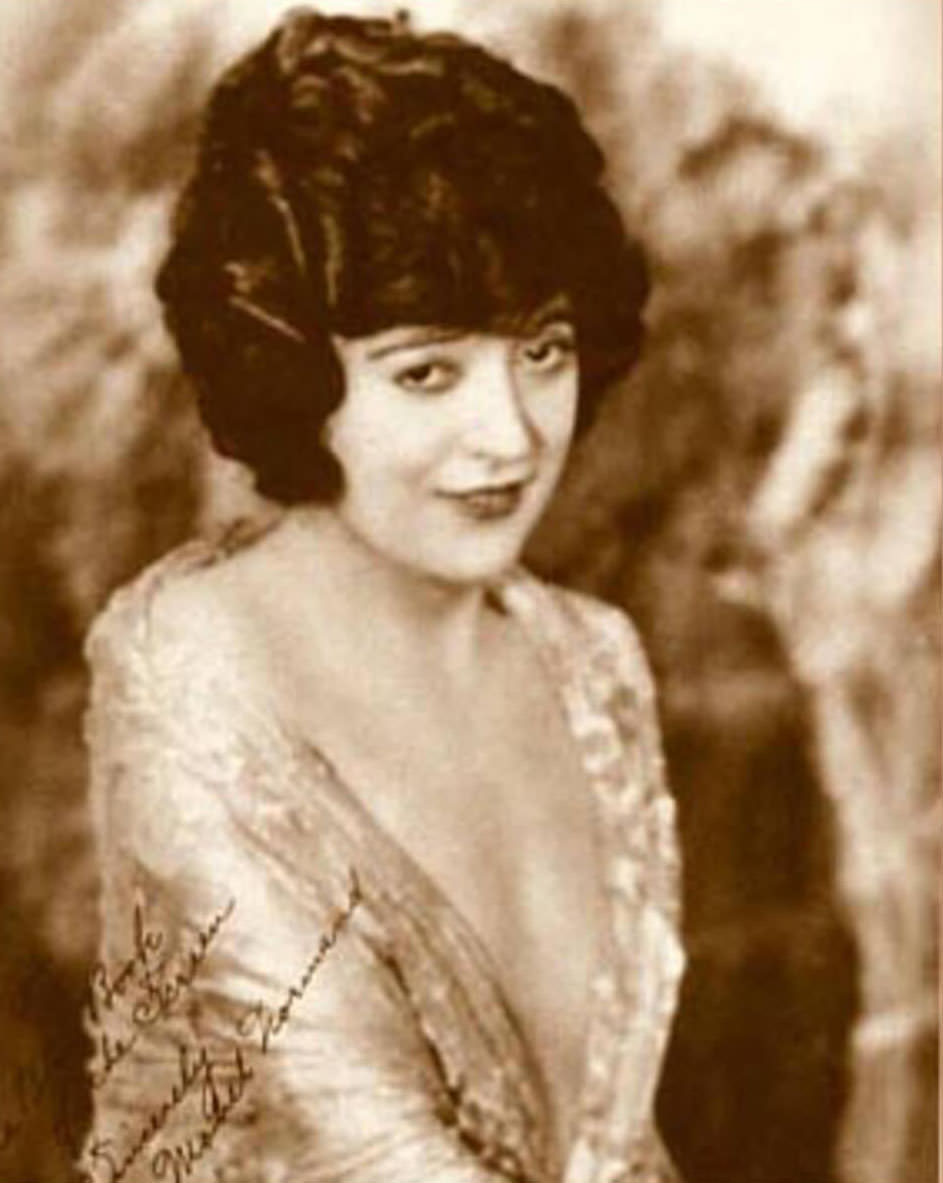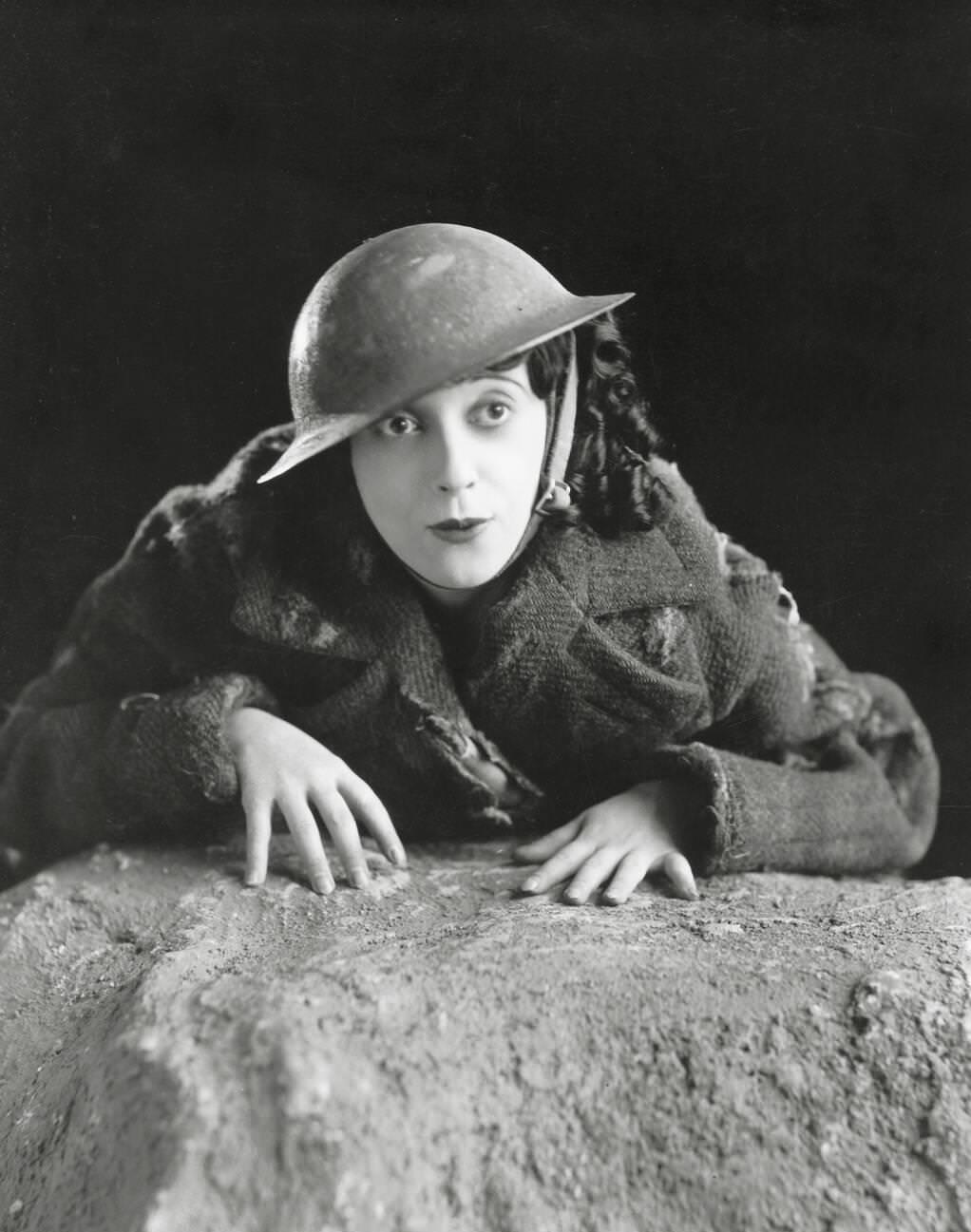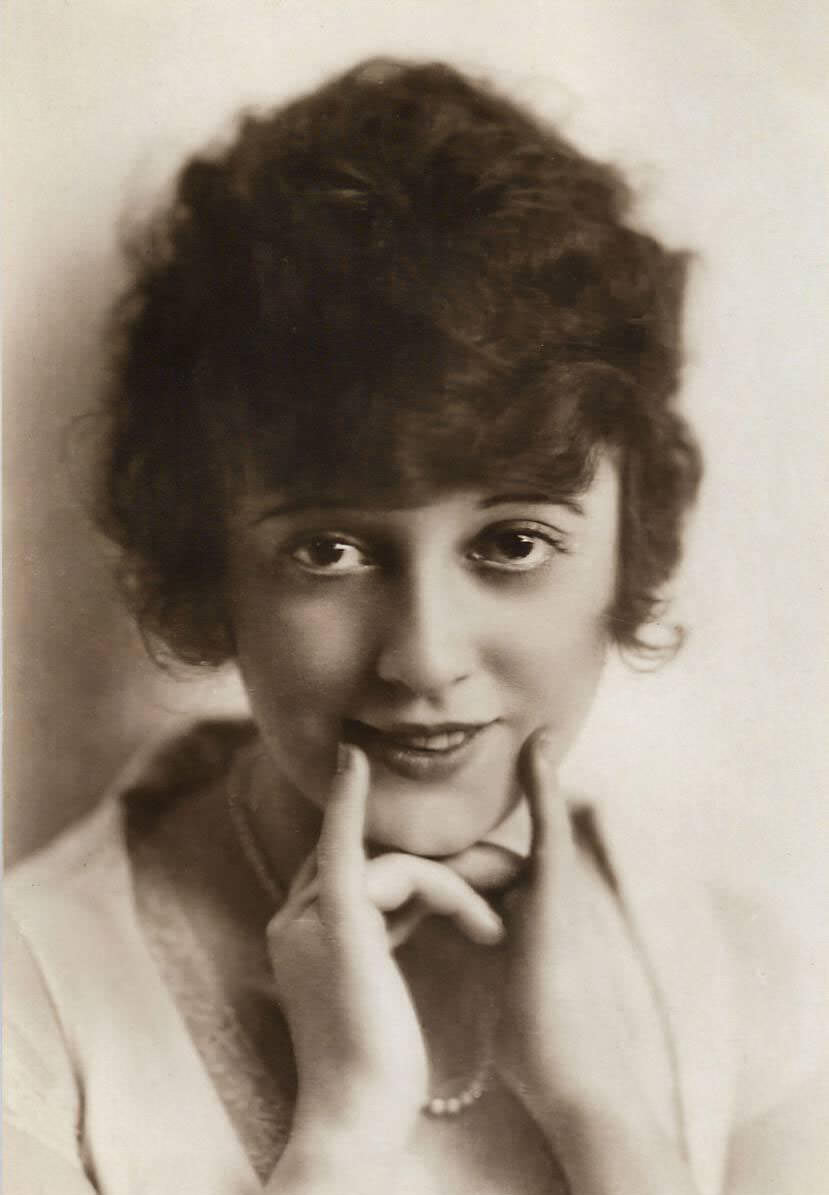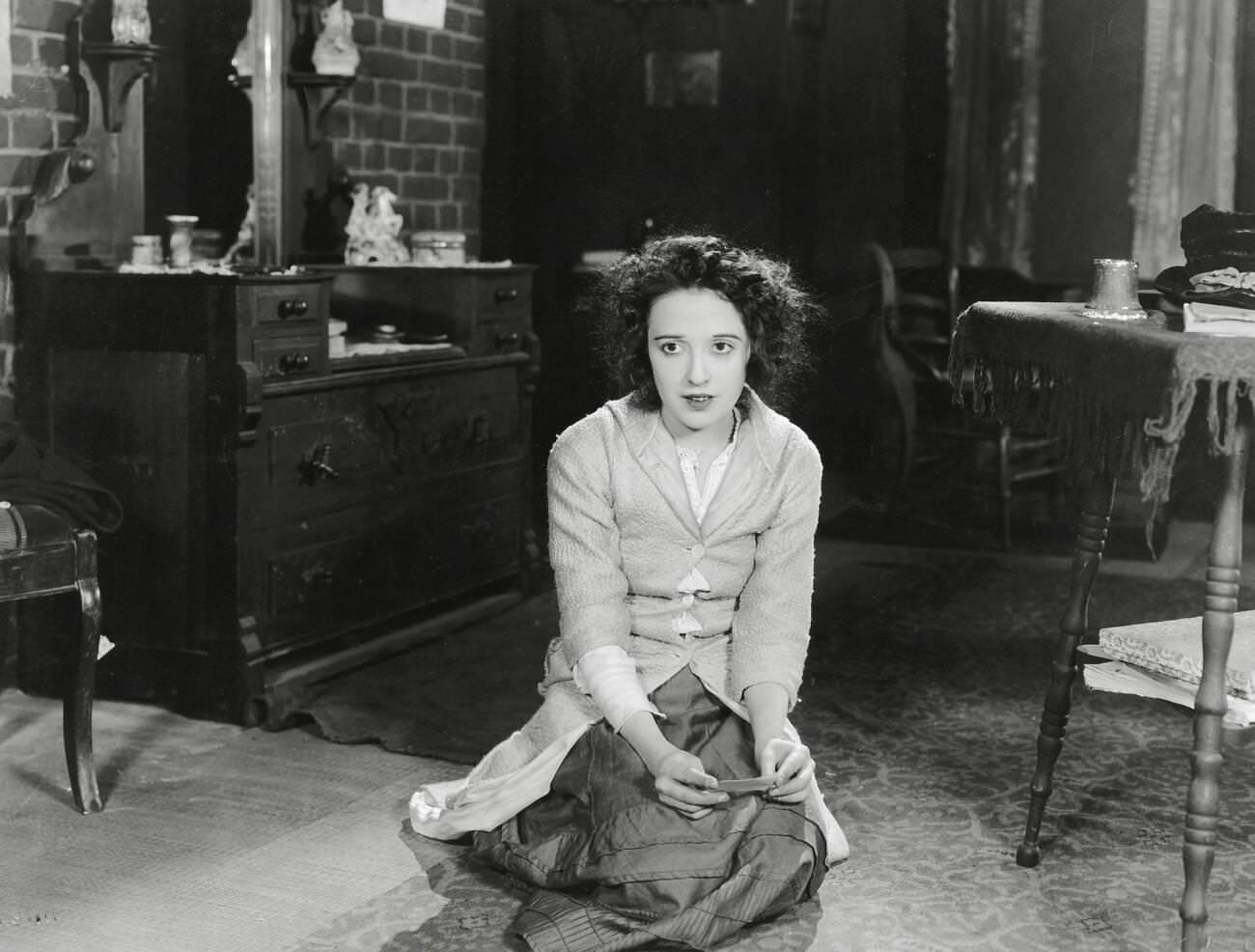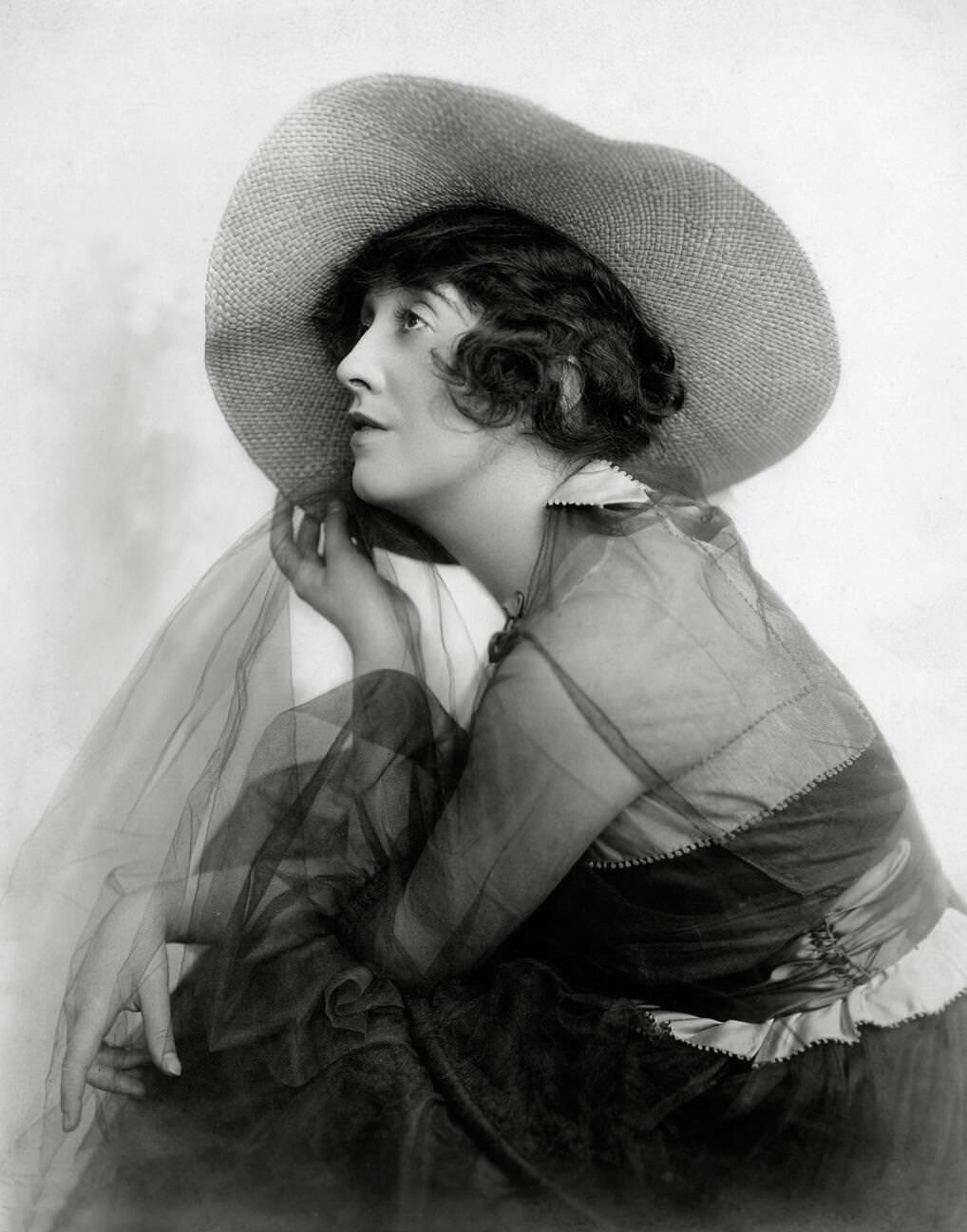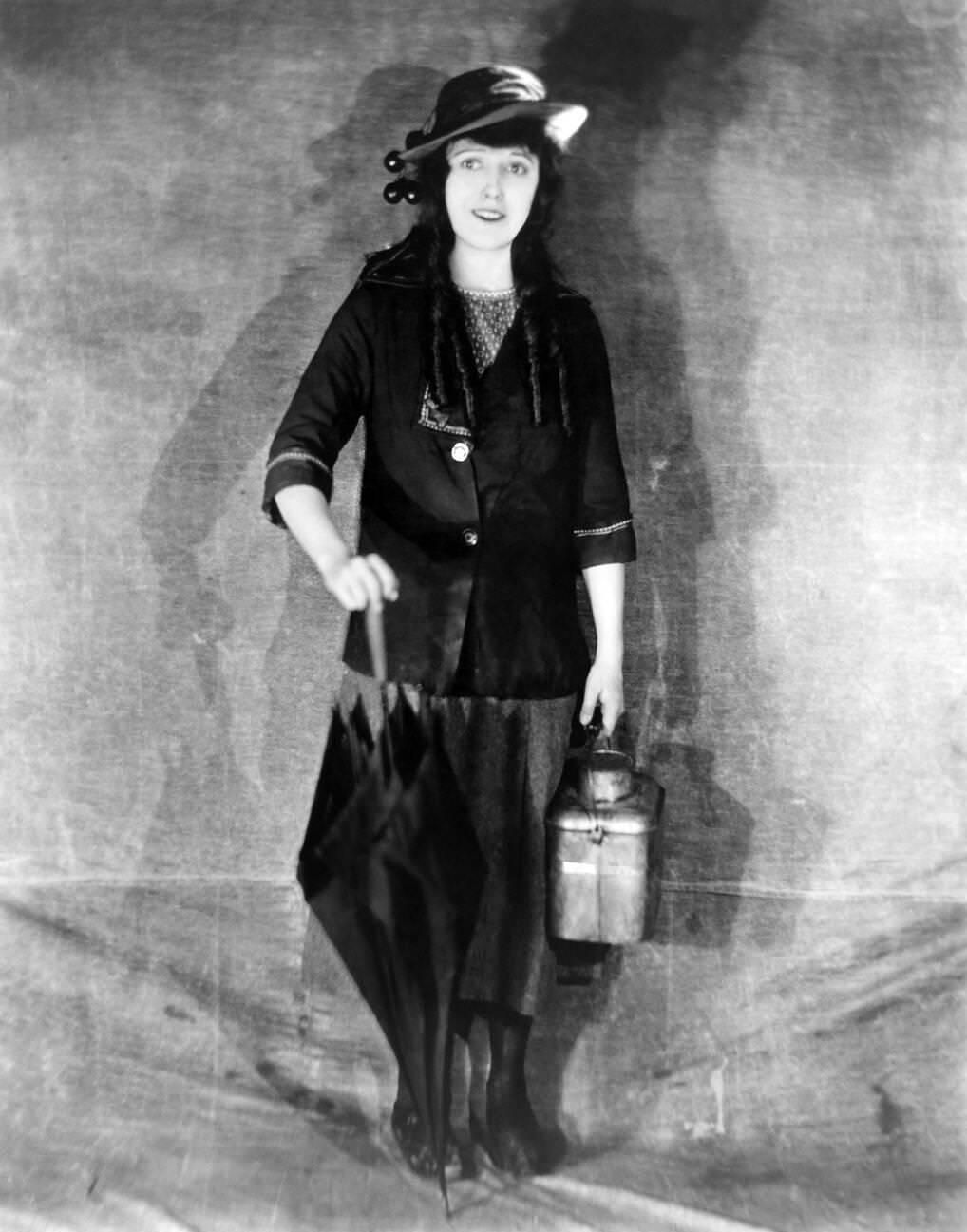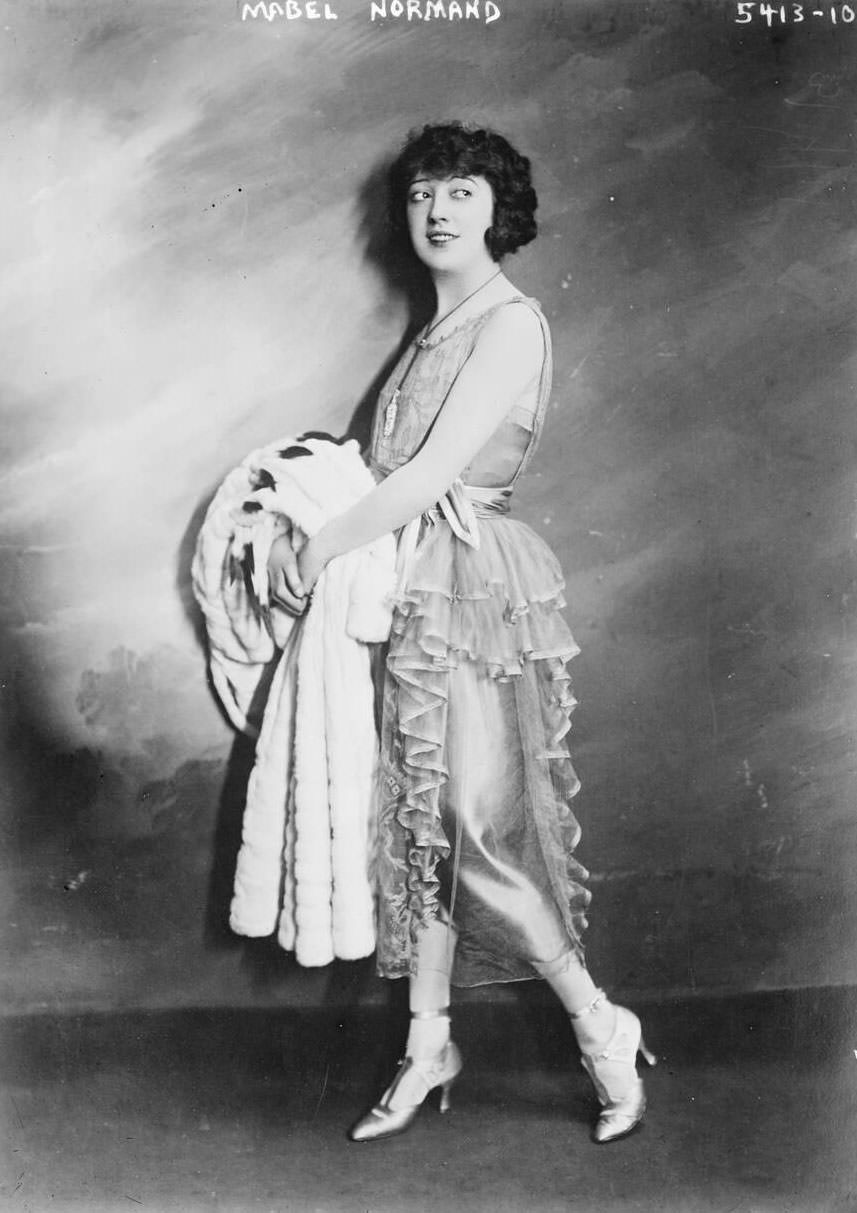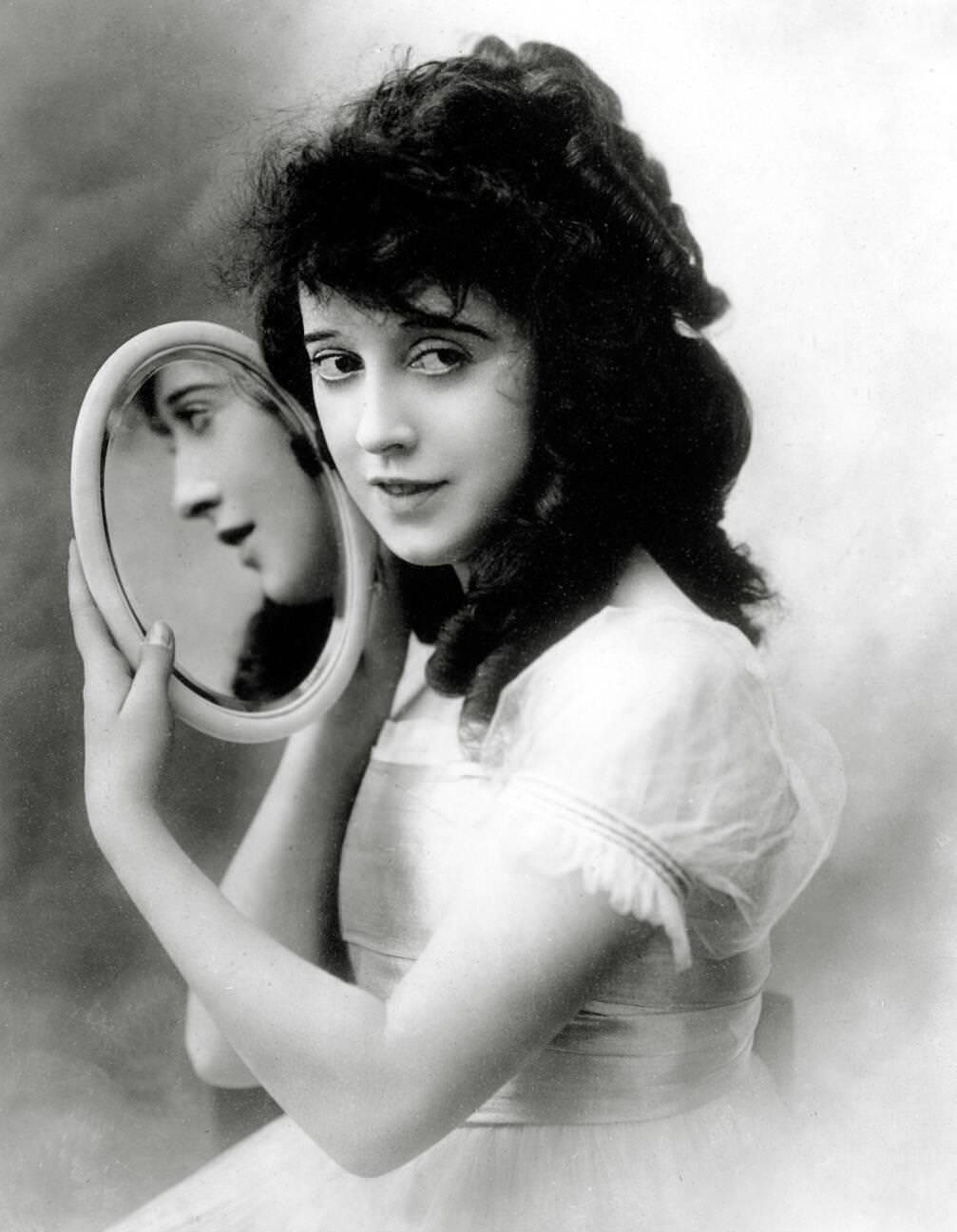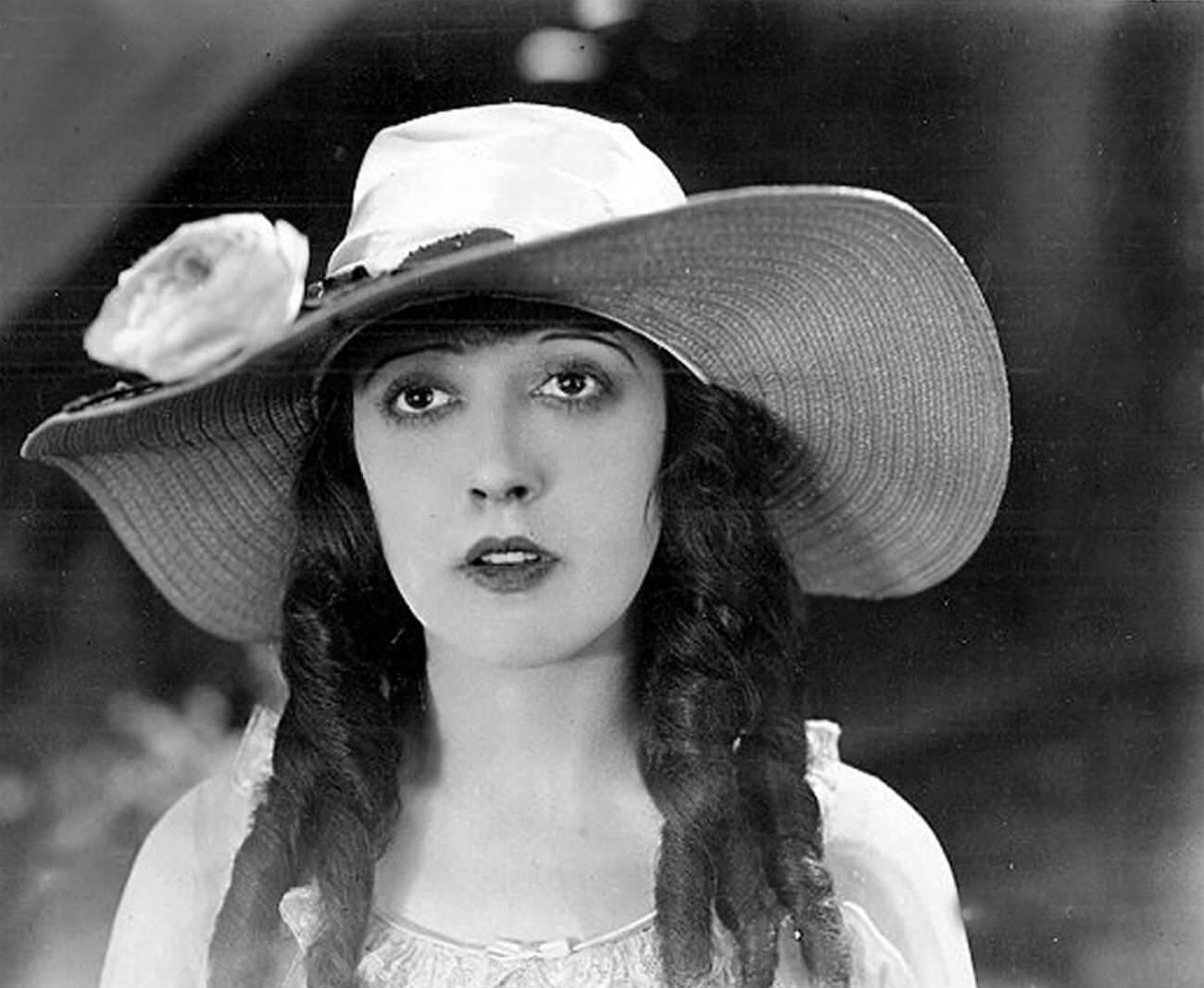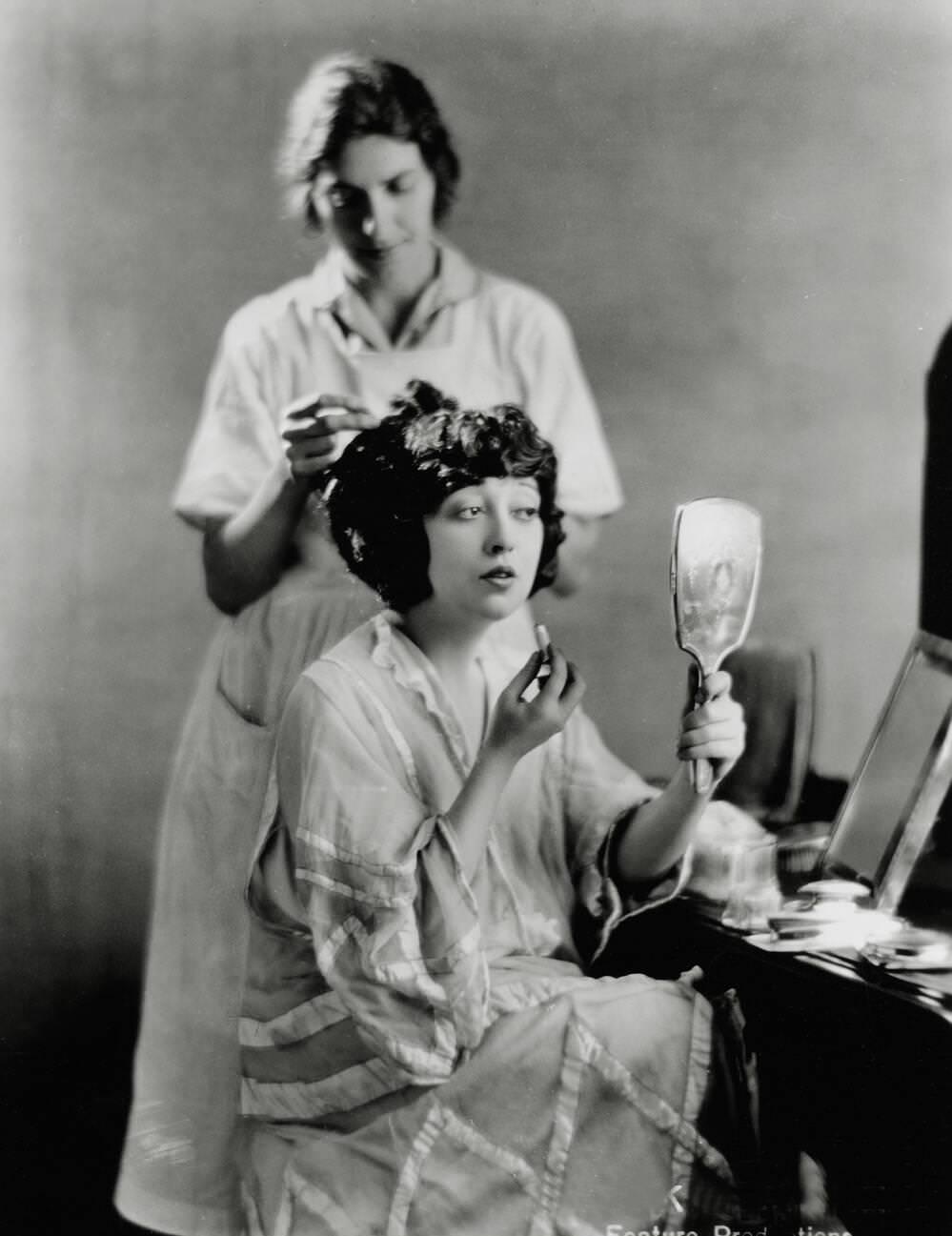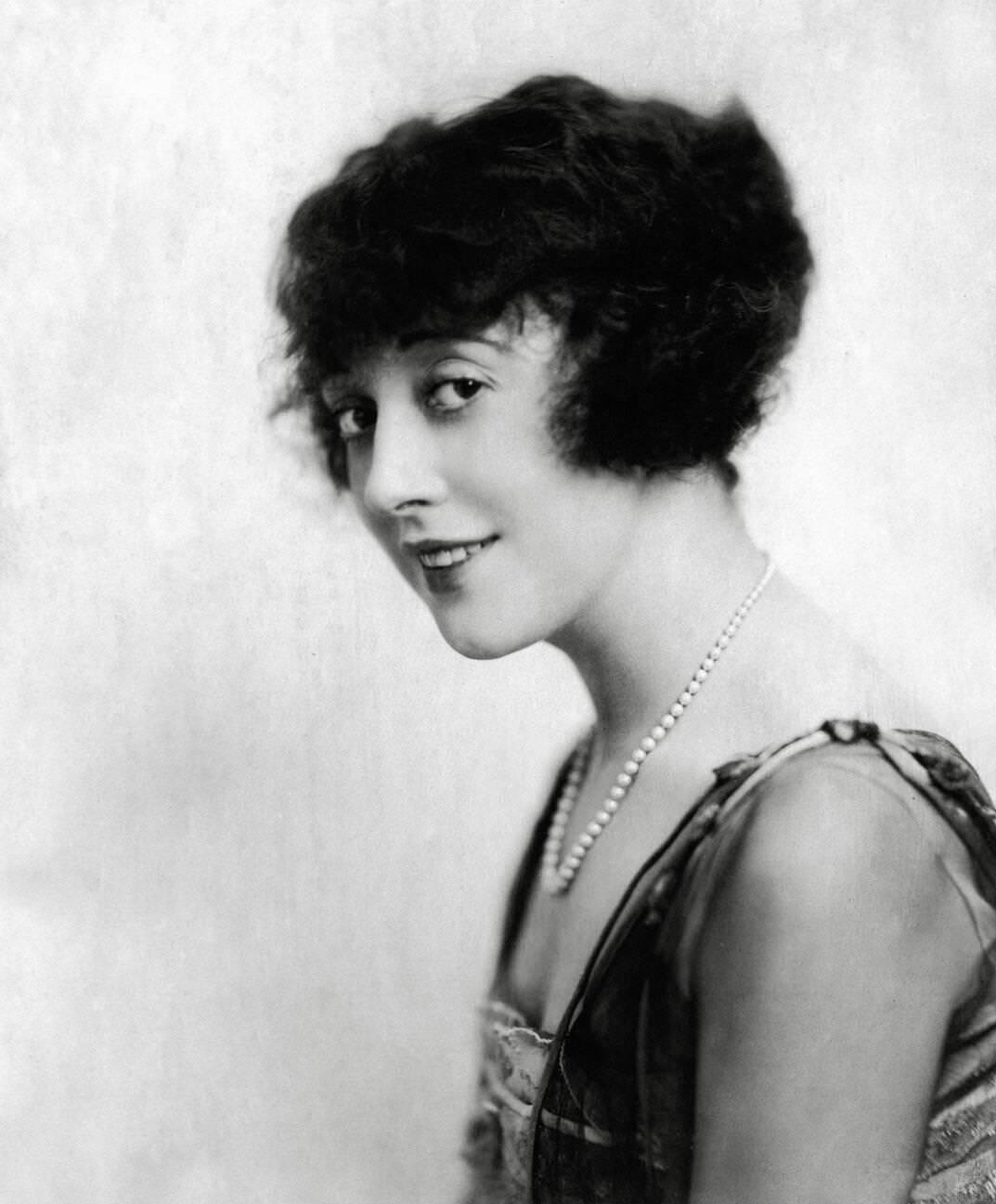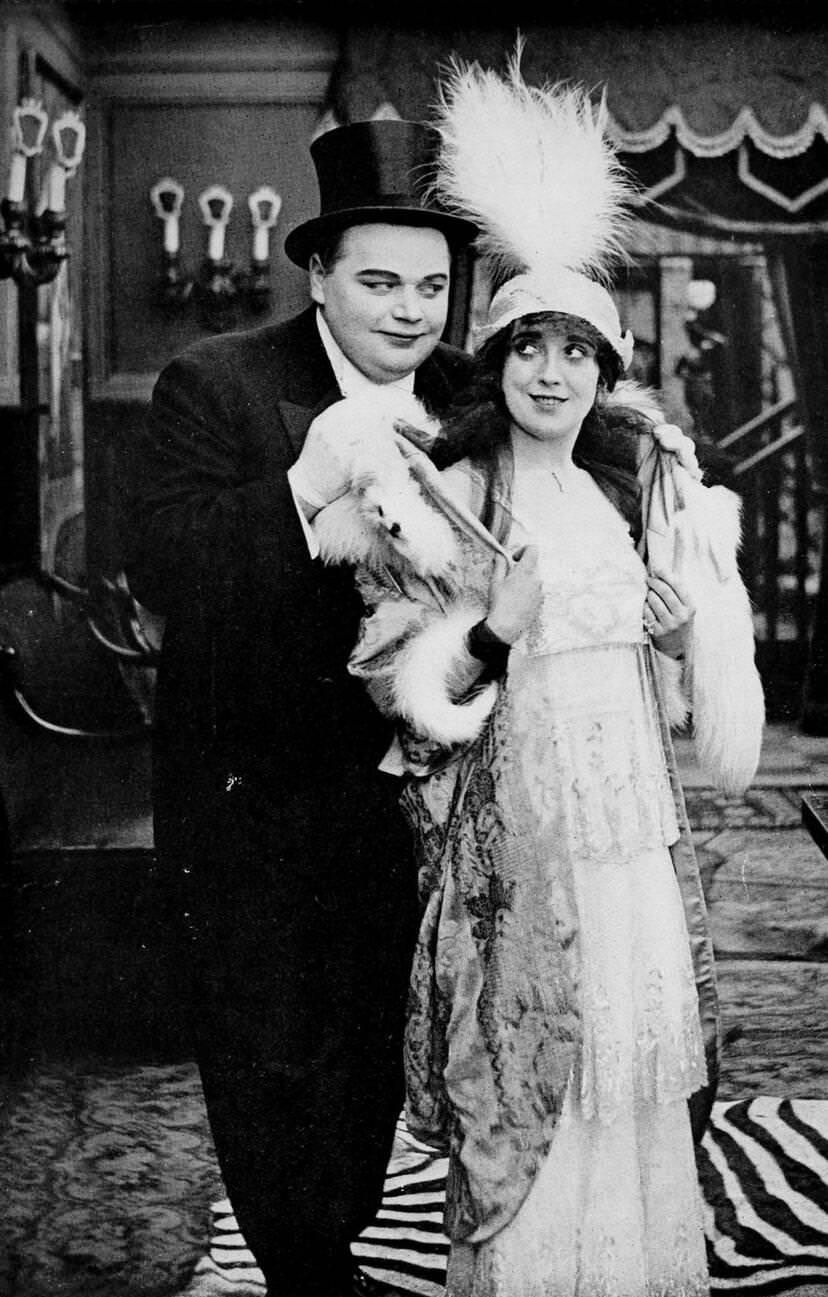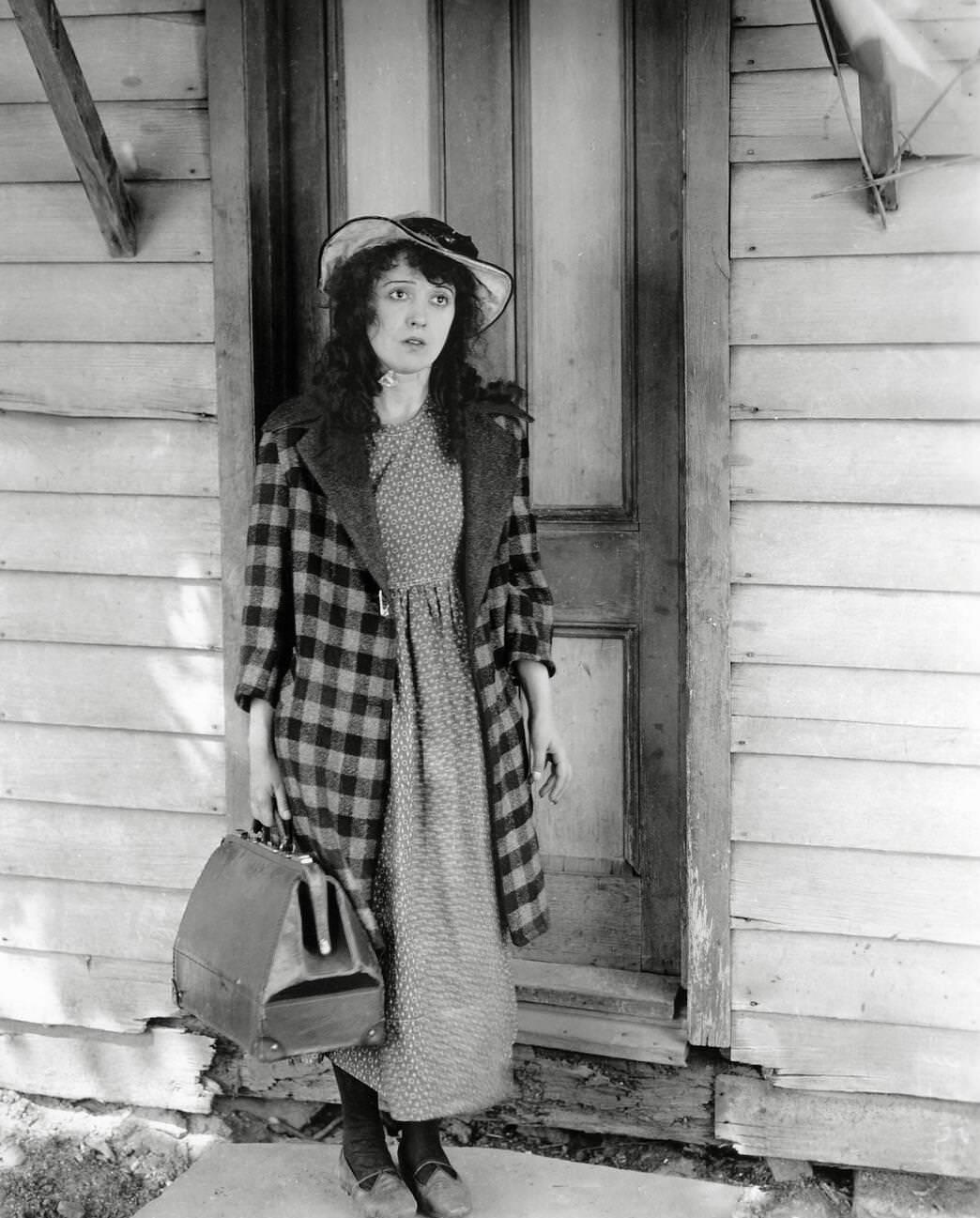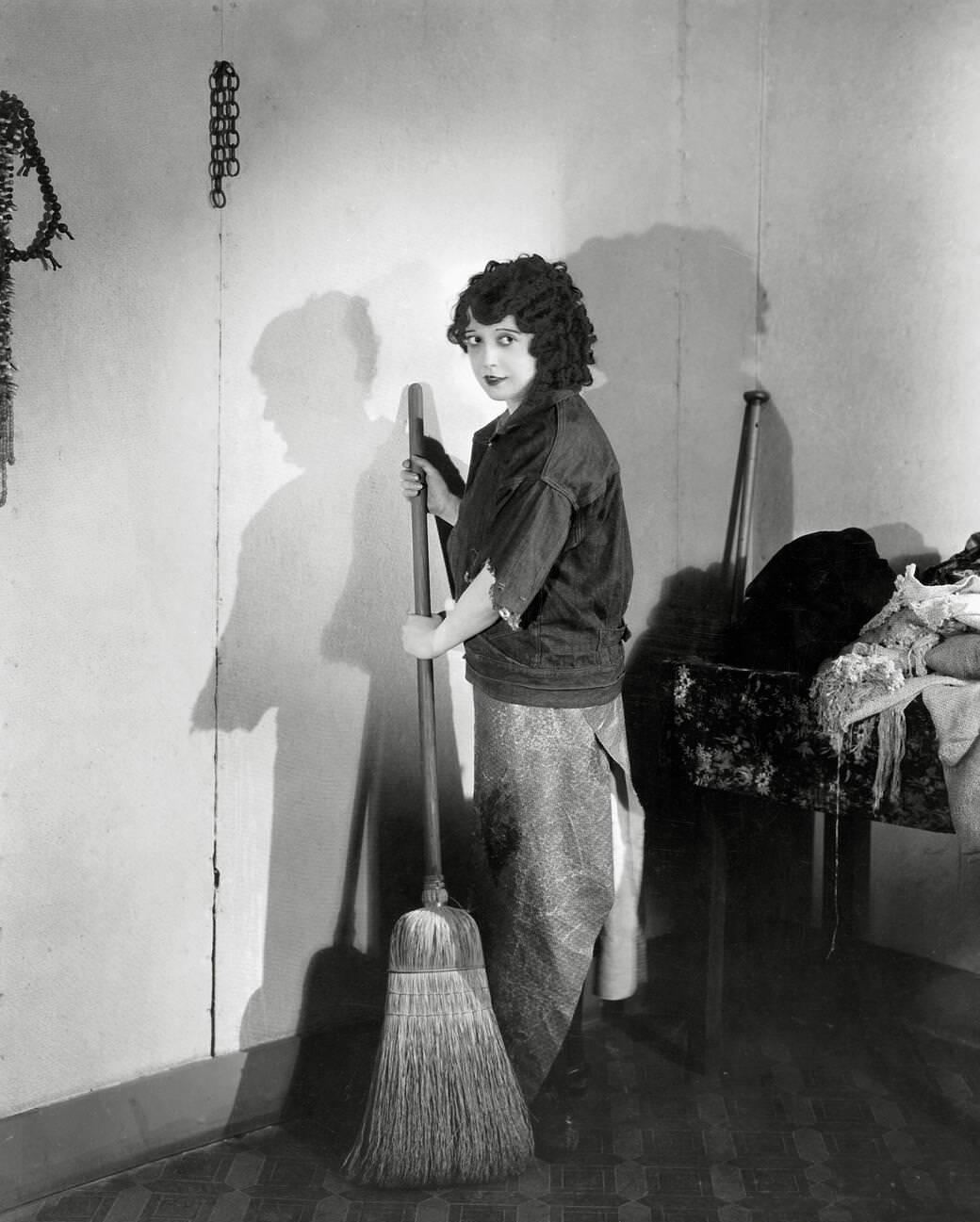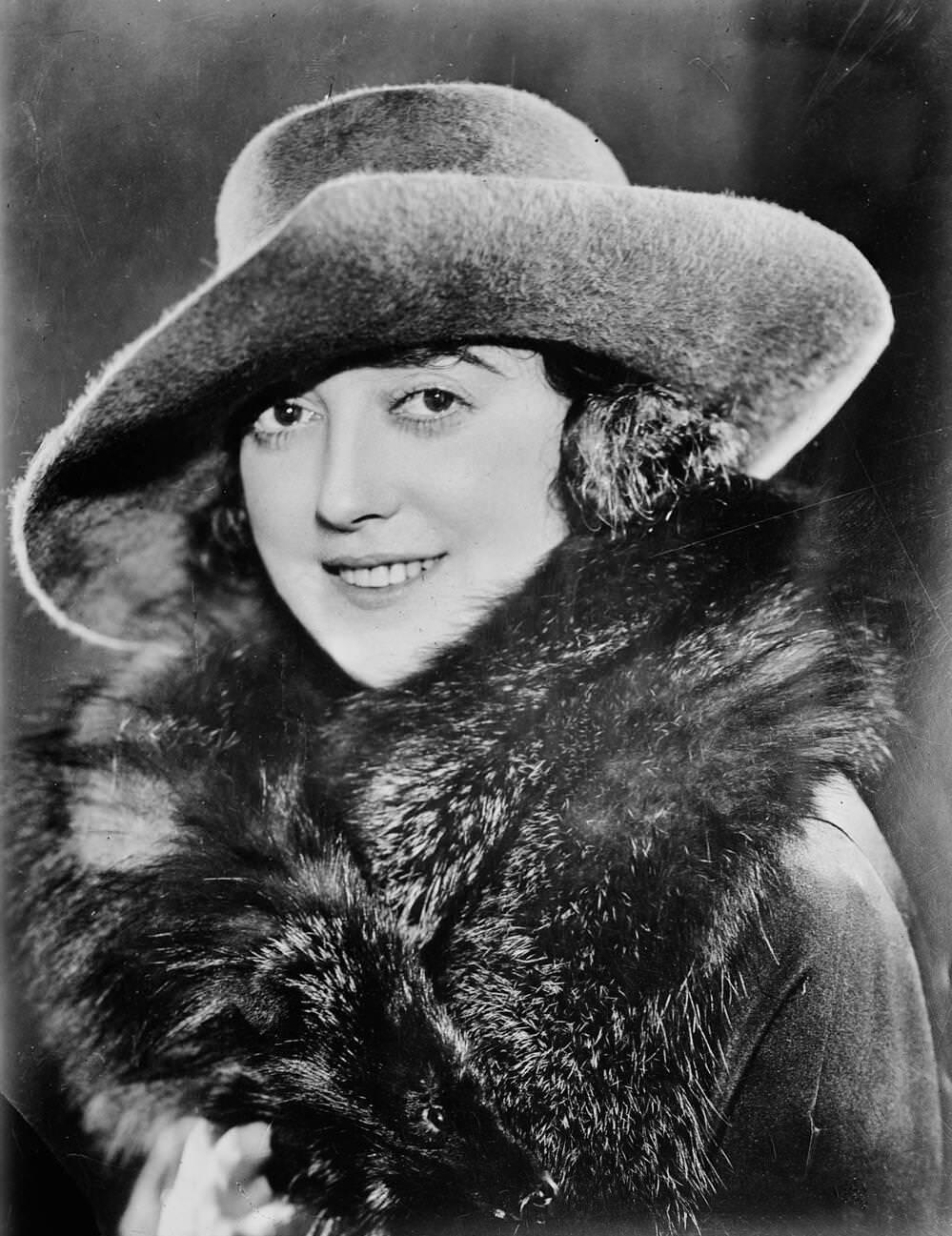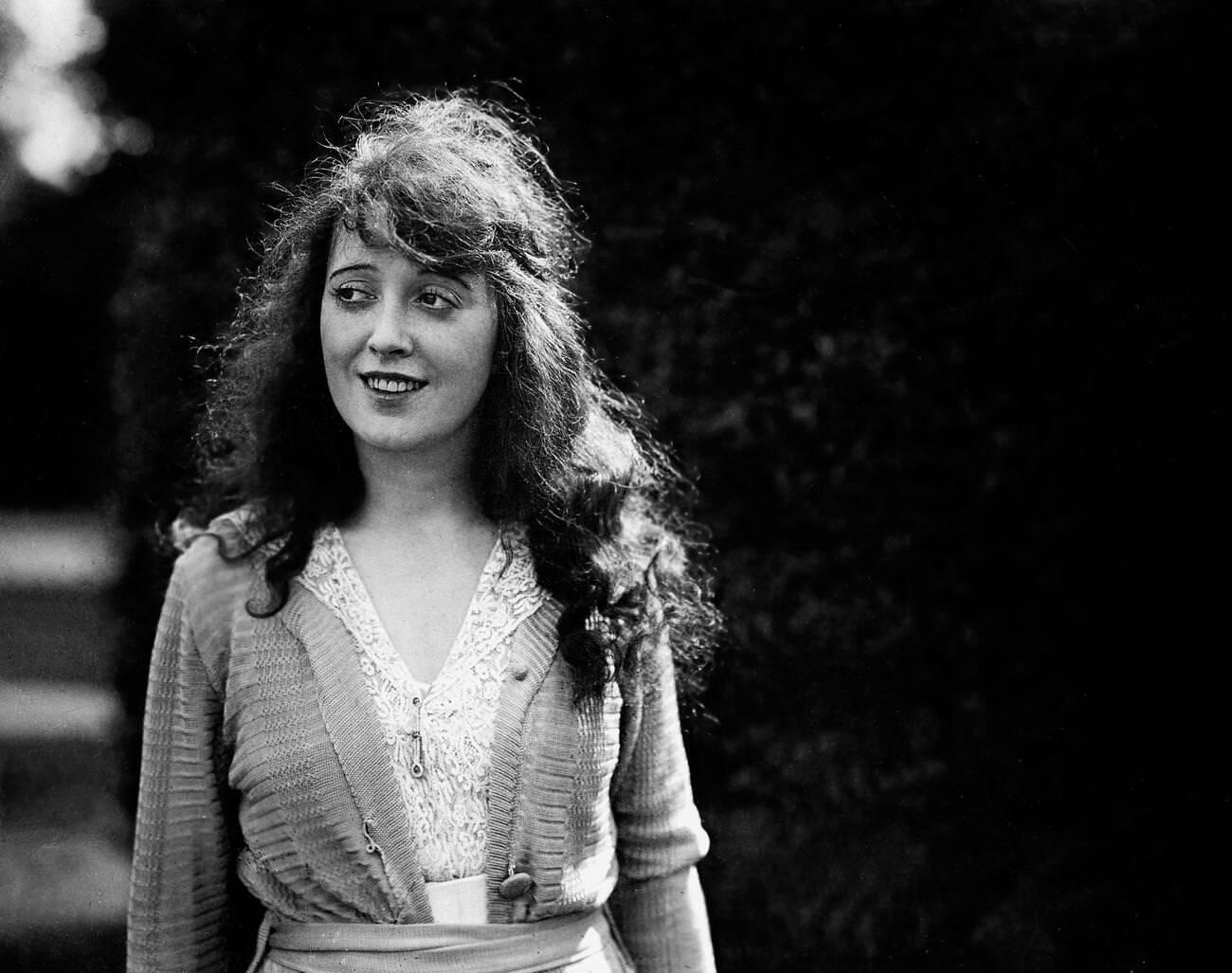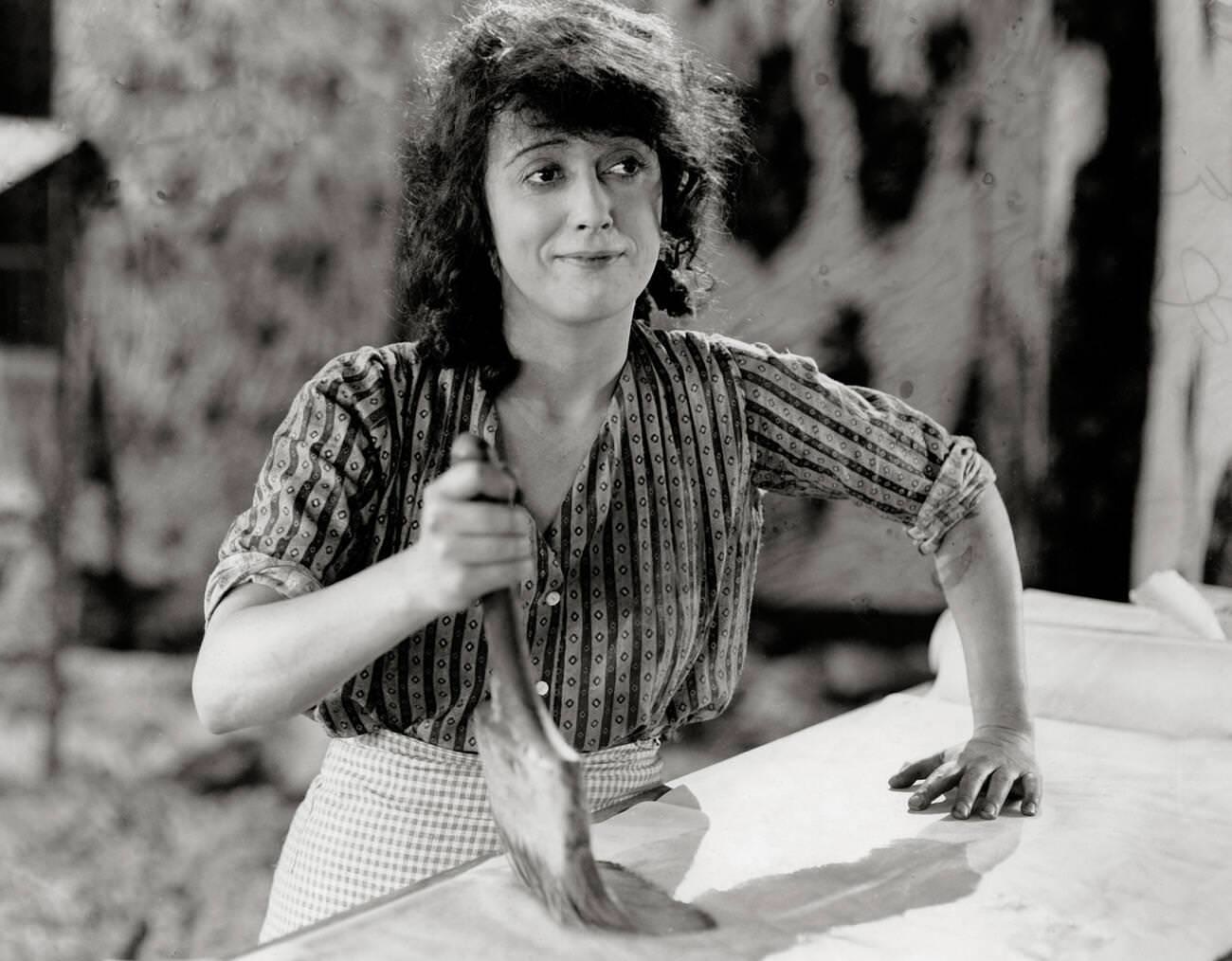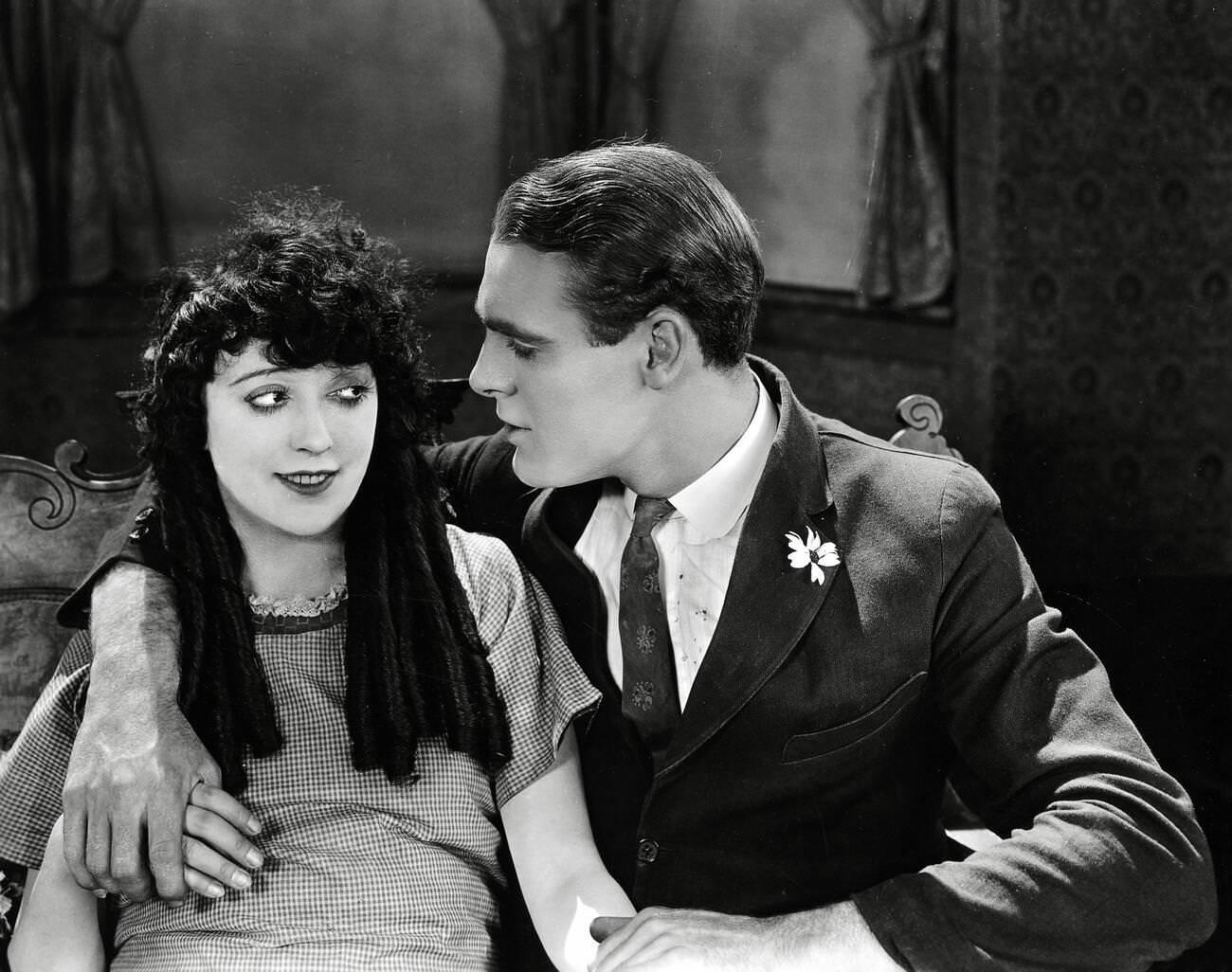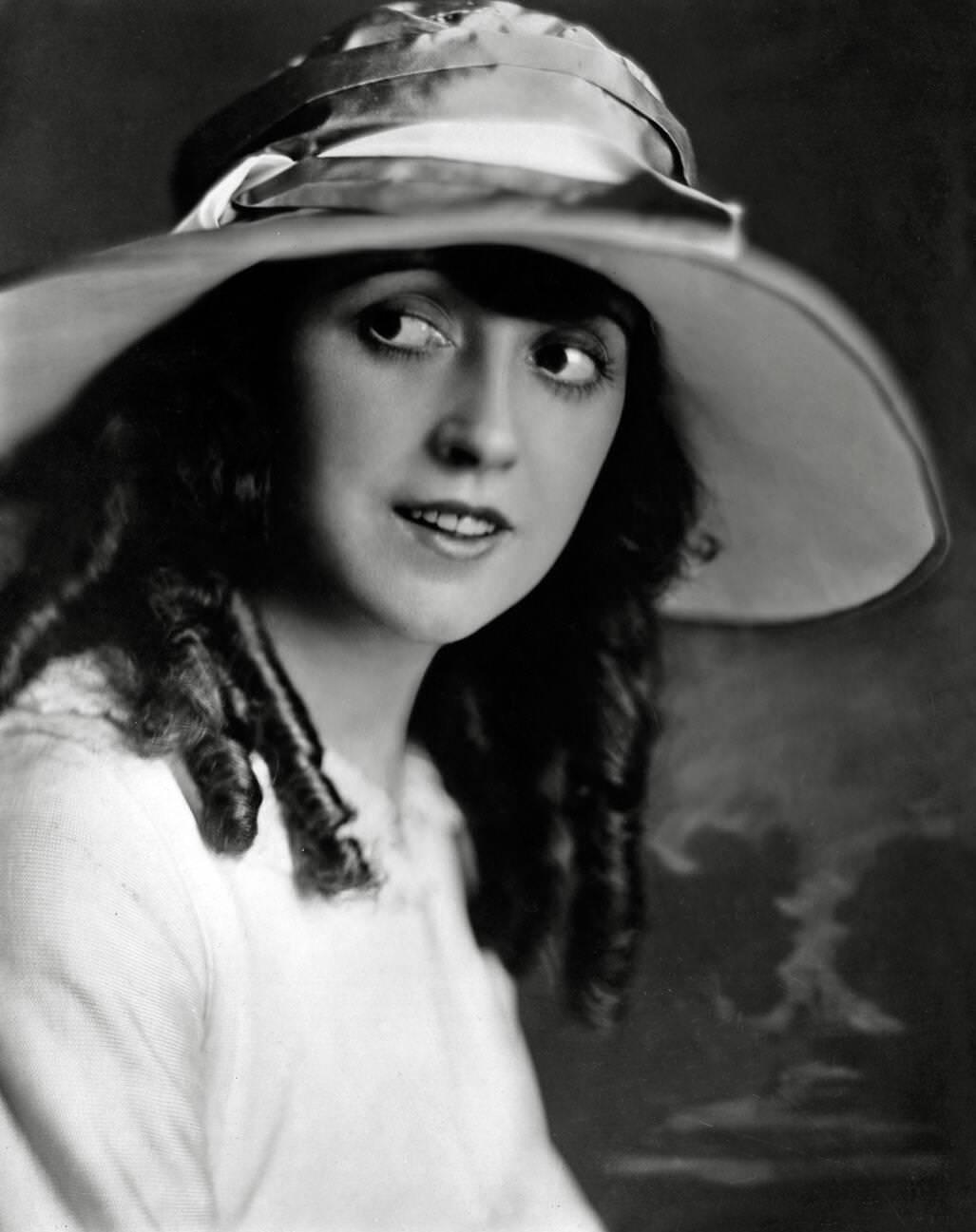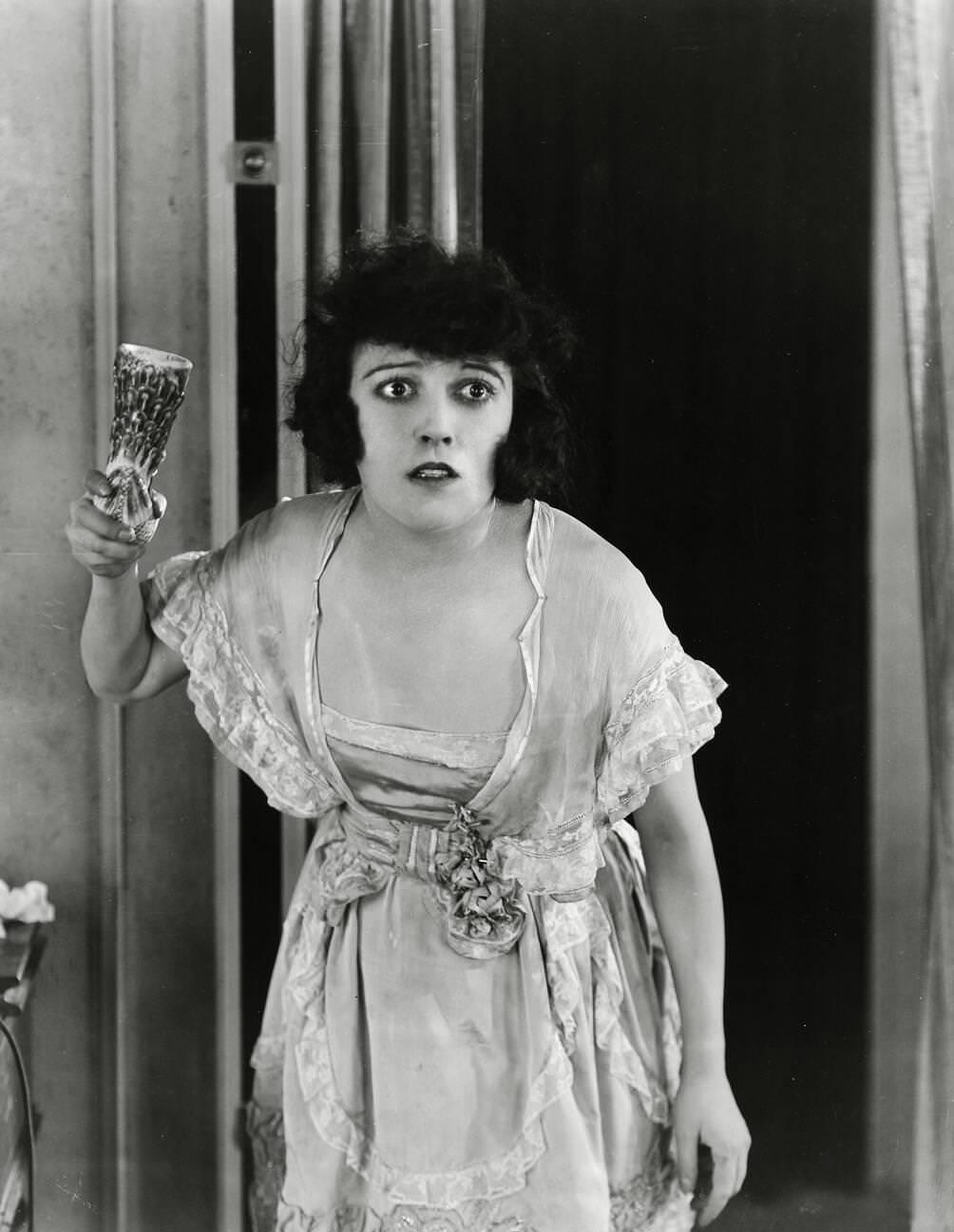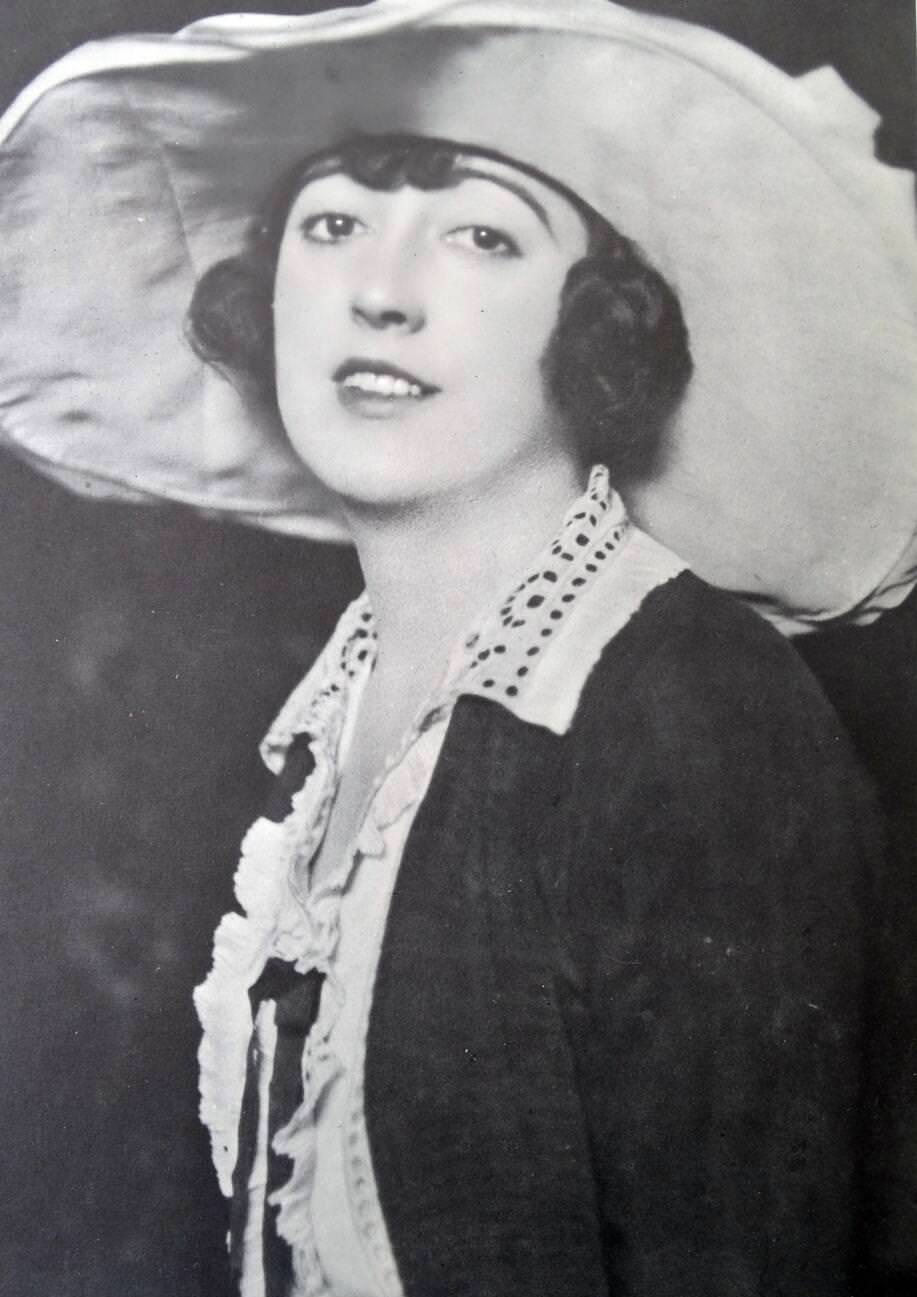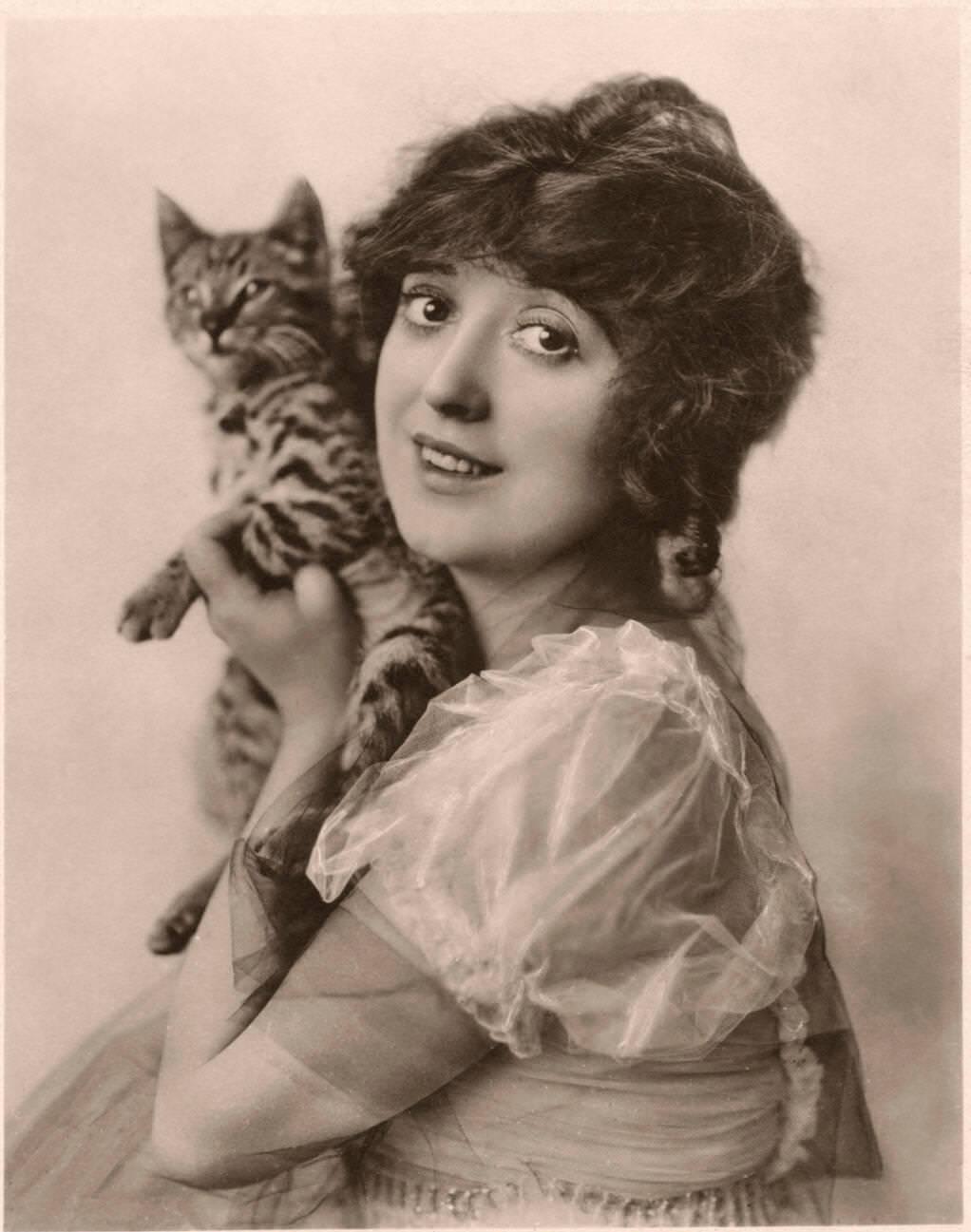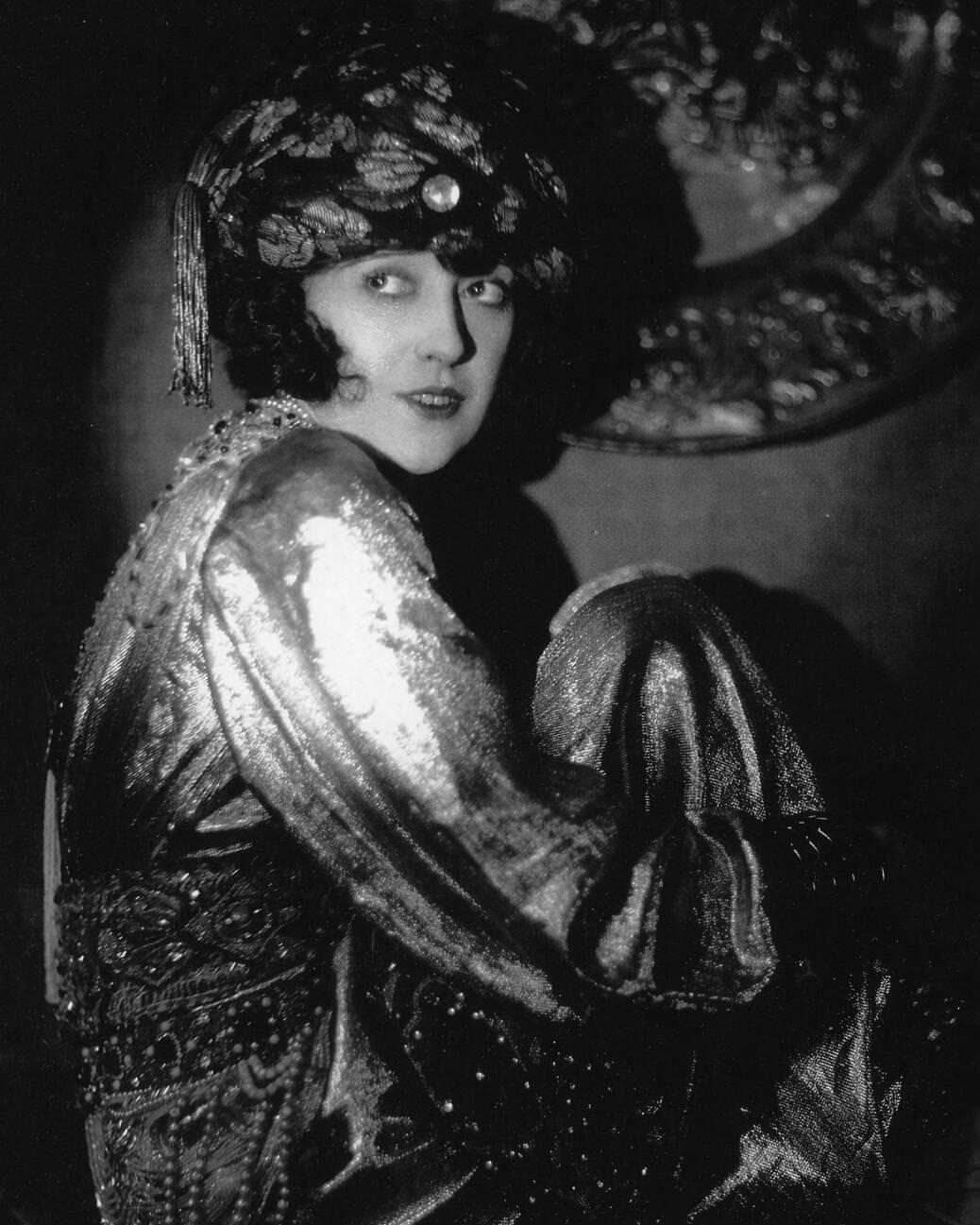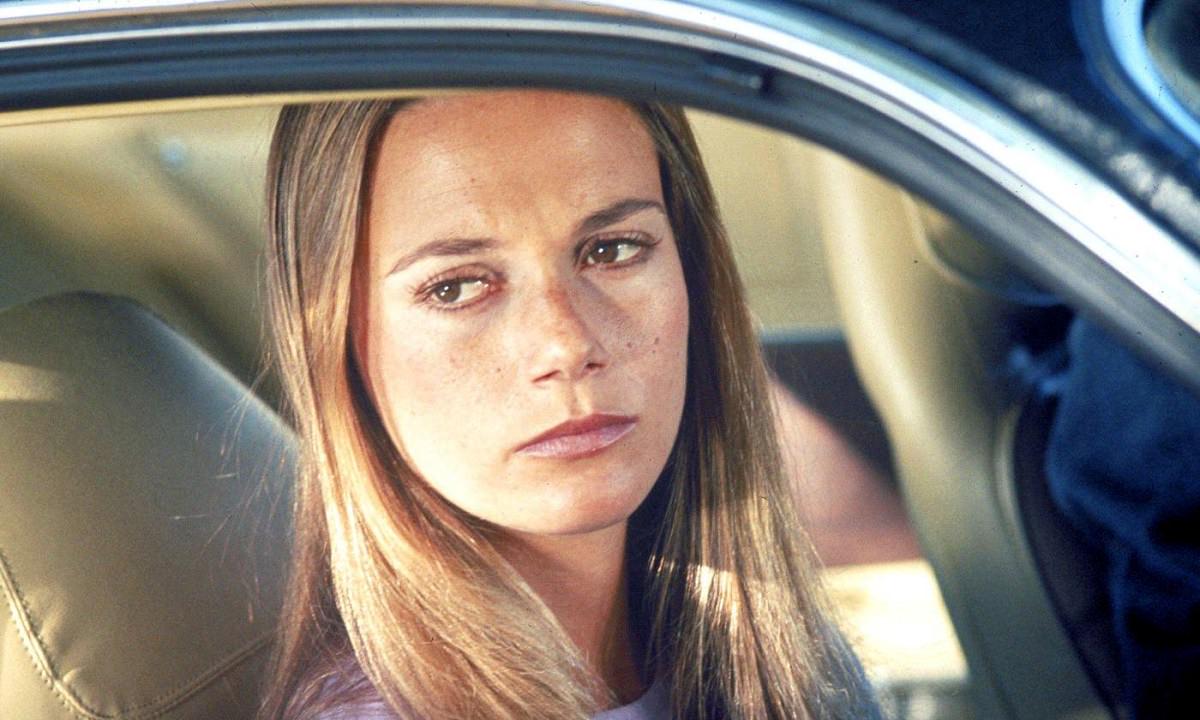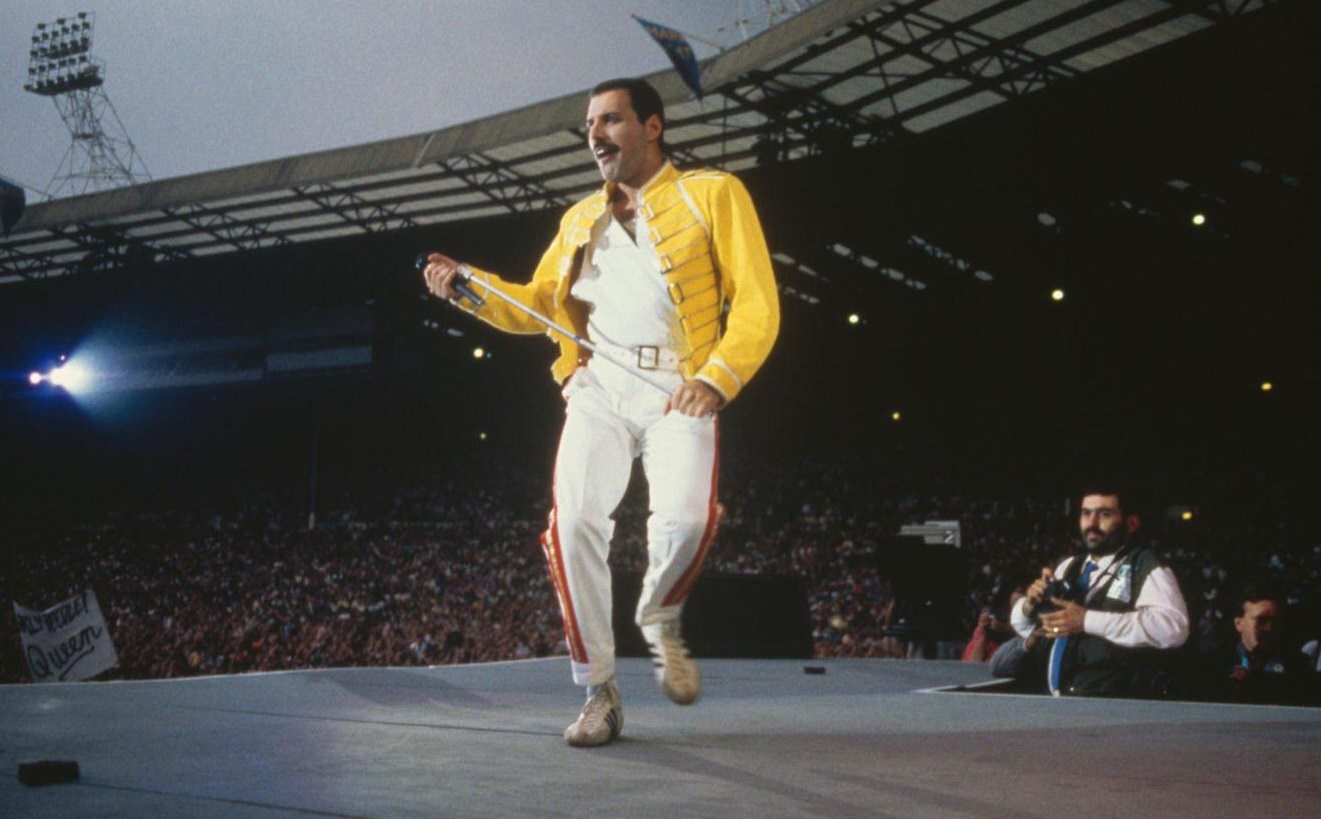In the annals of cinema history, few actresses have left as indelible a mark as Mabel Normand. Born on November 9, 1892, in Staten Island, New York, Normand’s career in the early days of Hollywood catapulted her to stardom and helped shape the burgeoning film industry. As an actress, screenwriter, and director, she was a trailblazer whose influence is still felt today.
From Model to Movie Star
Mabel Normand’s journey to Hollywood began in New York City, where she initially worked as an artist’s model and stage performer. Her undeniable charisma and natural comedic talent soon caught the attention of film director and producer Mack Sennett, who invited her to join his newly formed Keystone Film Company in 1912. It was at Keystone that Normand would make her mark, starring in a series of innovative short films that showcased her talent for physical comedy and her ability to connect with audiences.
The Birth of the “Mabel” Character
One of Normand’s most significant contributions to the world of cinema was the creation of the “Mabel” character. This spirited, independent, and slightly mischievous young woman quickly became the quintessential representation of the modern, 20th-century woman. This groundbreaking character resonated with audiences and helped redefine the role of women in film, paving the way for future female comedians and screen stars.
Collaborations with Comedy Legends
Throughout her career, Mabel Normand had the opportunity to work with some of the most influential figures in the early film industry, including Charlie Chaplin, Roscoe “Fatty” Arbuckle, and Harold Lloyd. These collaborations elevated her status as a comedy icon and allowed her to develop her skills as a screenwriter and director. Normand played a crucial role in launching the careers of both Chaplin and Arbuckle, recognizing their comedic genius and championing their work.
Mabel Normand, as a Director and Producer
At a time when female directors and producers were a rarity, Mabel Normand fearlessly pursued her creative vision behind the camera. In 1914, she directed her first film, “Mabel’s Strange Predicament,” marking Charlie Chaplin’s screen debut as his iconic character, The Tramp. Over the years, Normand went on to direct and produce numerous films, showcasing her talent for storytelling and her keen understanding of cinematic language.
In 1916, Normand founded her production company, Mabel Normand Feature Film Company, in partnership with Mack Sennett. This venture allowed her even greater creative control over her projects, solidifying her status as a powerful force within the film industry.
Legacy and Influence
Despite facing numerous personal challenges and a career marred by scandal, Mabel Normand’s impact on the world of cinema is undeniable. As a pioneer of silent film comedy, she laid the groundwork for the countless comedians and comic actors who followed in her footsteps. Her innovative storytelling approach, fearless exploration of the female experience, and trailblazing work as a director and producer continue to inspire filmmakers and performers today.
Many contemporary comedians, such as Lucille Ball and Carol Burnett, have cited Normand as an inspiration, admiring her ability to captivate audiences with her fearless physical comedy and her knack for finding humor in unexpected situations. Furthermore, her groundbreaking work as a female director and producer paved the way for future generations of women in the film industry, proving that women could excel in front of and behind the camera.
Honoring a Silent Film Pioneer
Mabel Normand’s untimely death at age 37 on February 23, 1930, marked the end of a remarkable career that had seen her rise from humble beginnings to the heights of Hollywood stardom. Though her life was tragically cut short, her contributions to the world of cinema continue to be celebrated and studied by film enthusiasts and scholars alike.
Normand was posthumously awarded a star on the Hollywood Walk of Fame in 1960, a fitting tribute to a woman who had played such a pivotal role in the development of the film industry. Additionally, her films continue to be screened and enjoyed by audiences worldwide, ensuring that her legacy lives on for generations.


